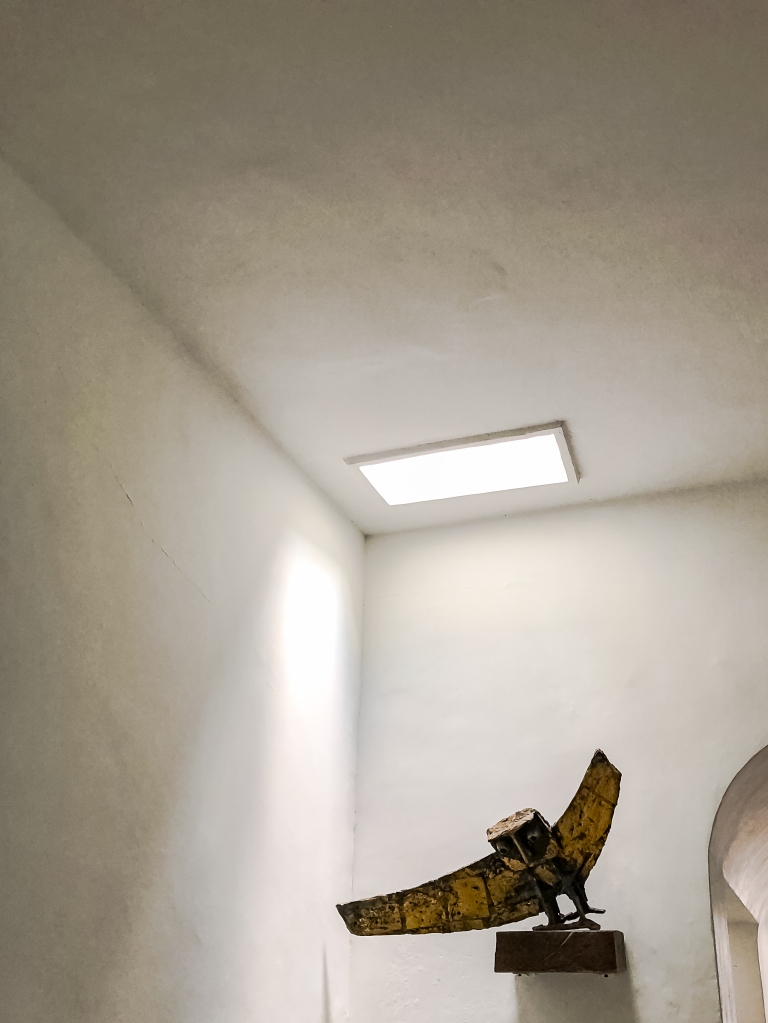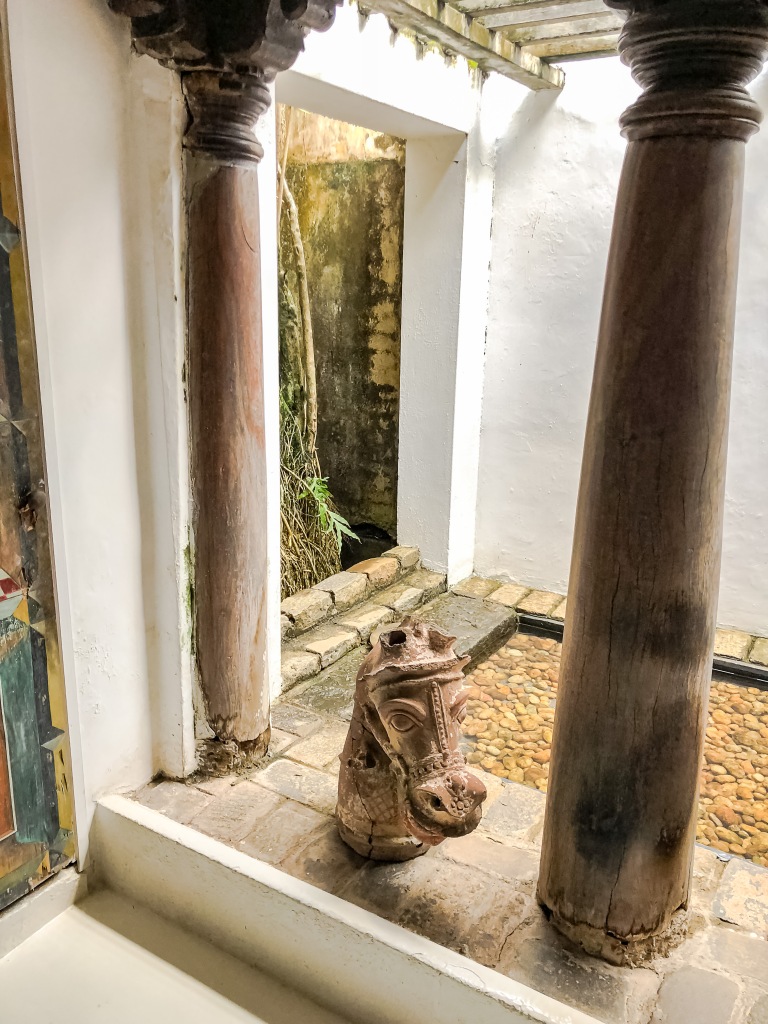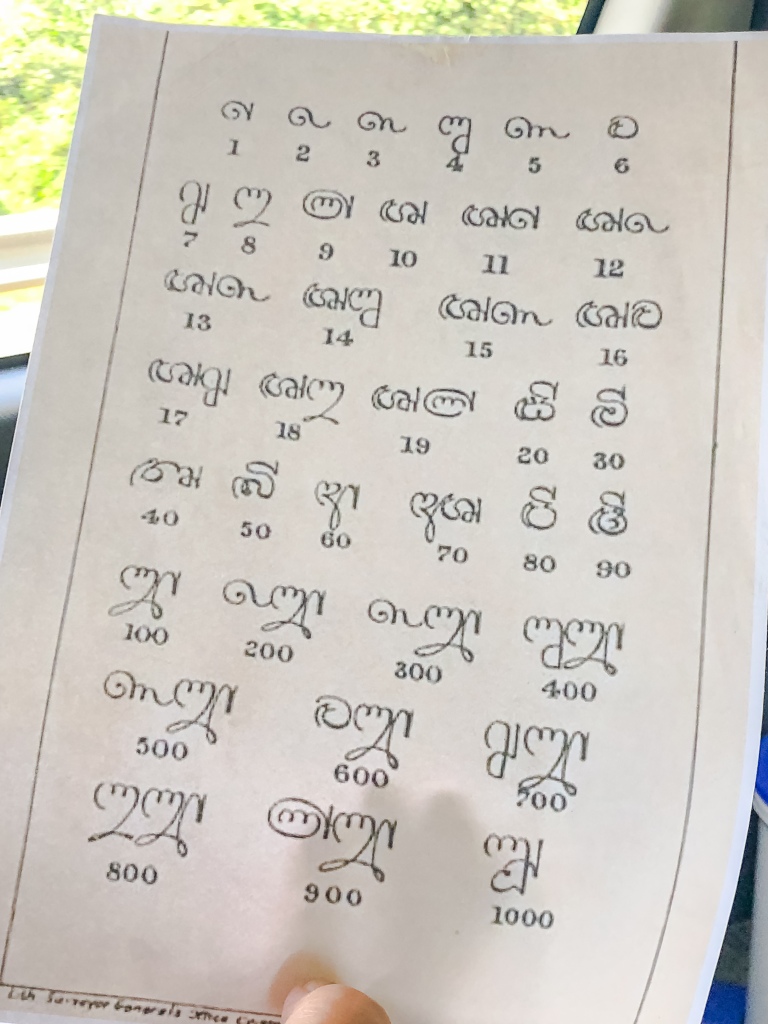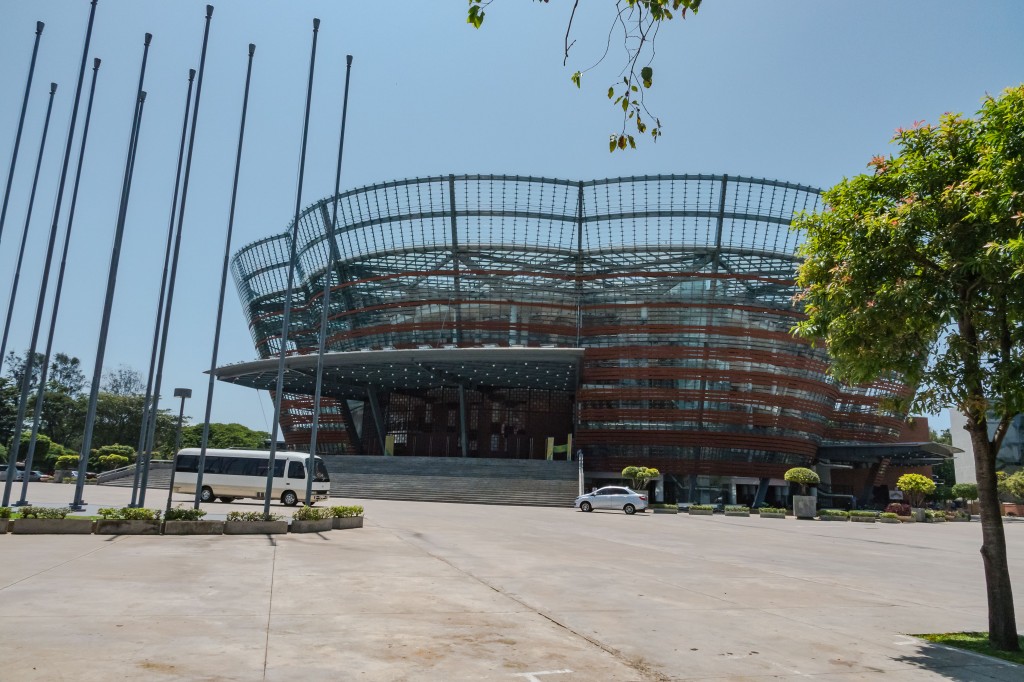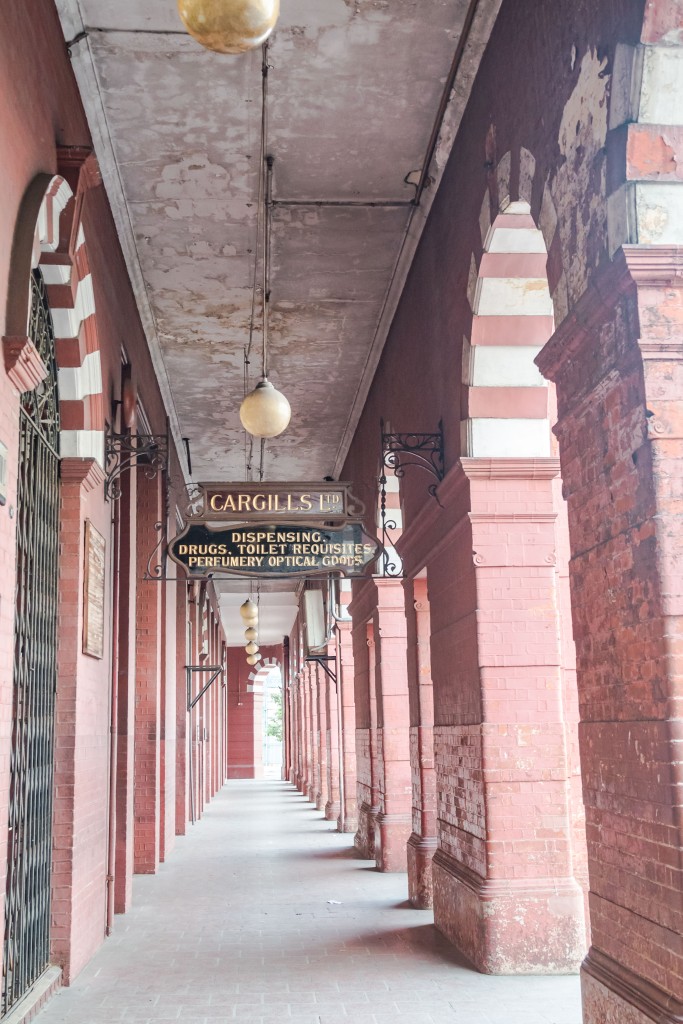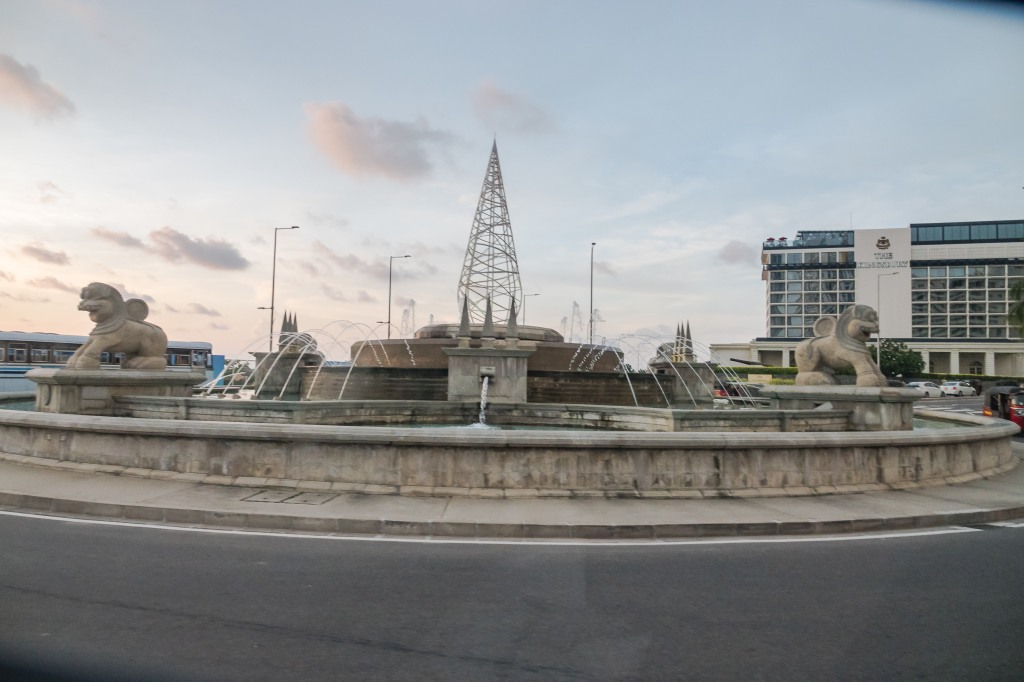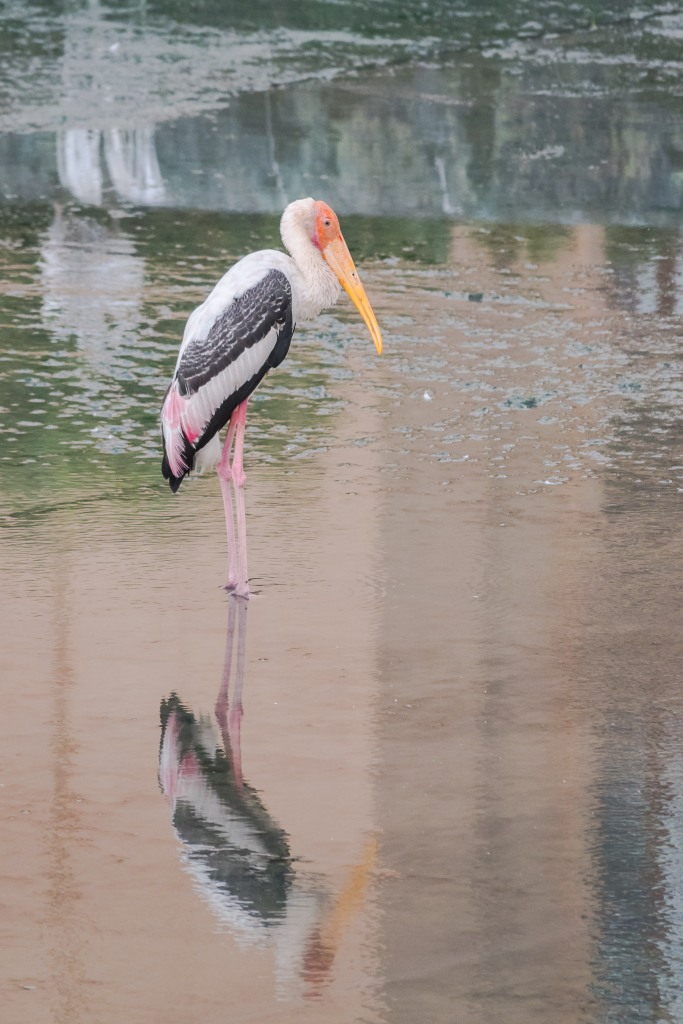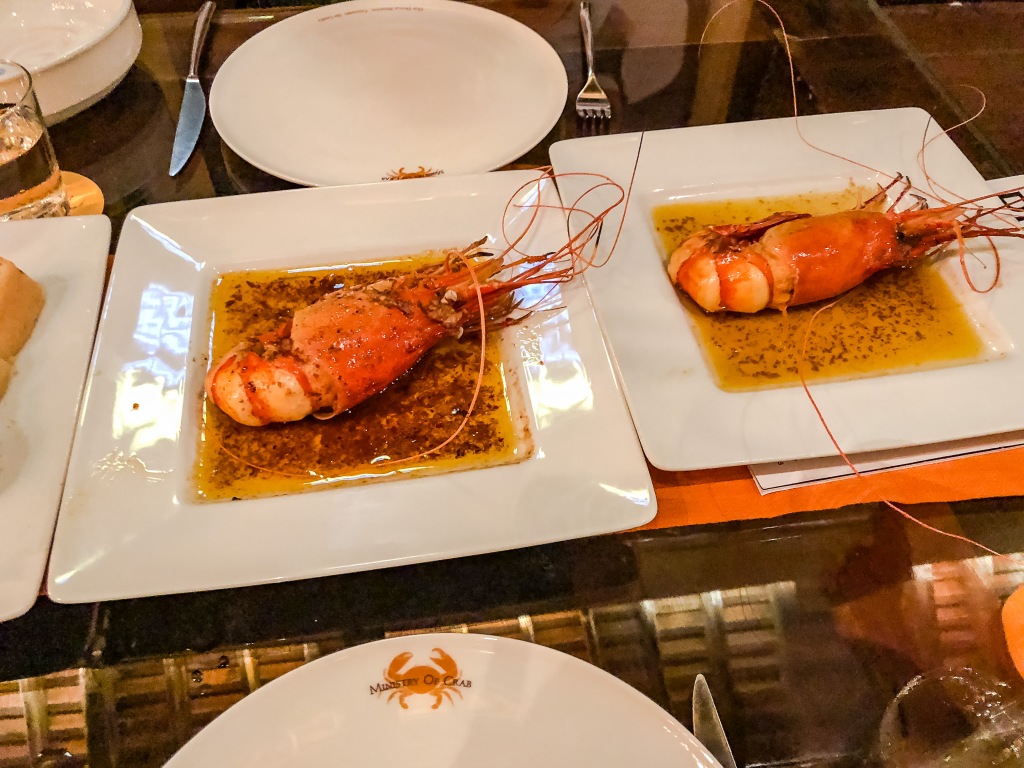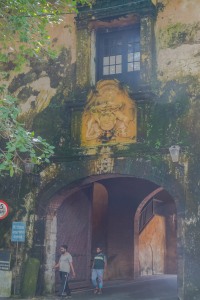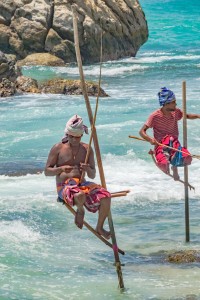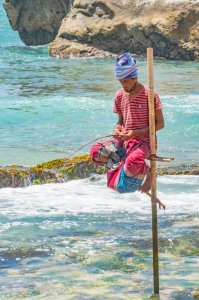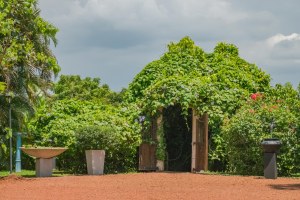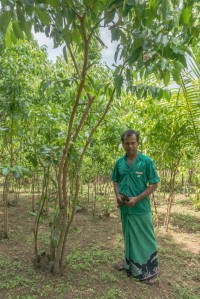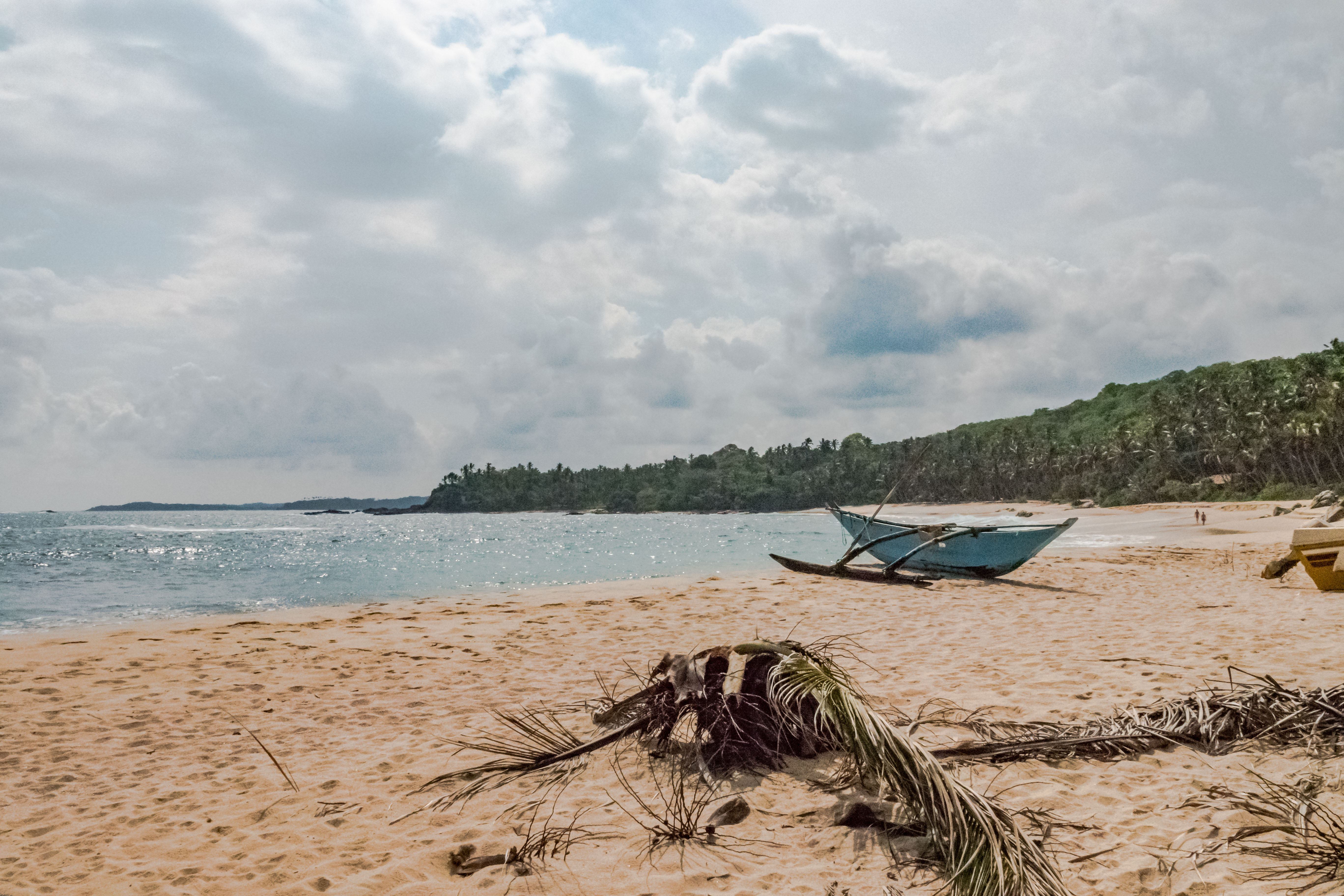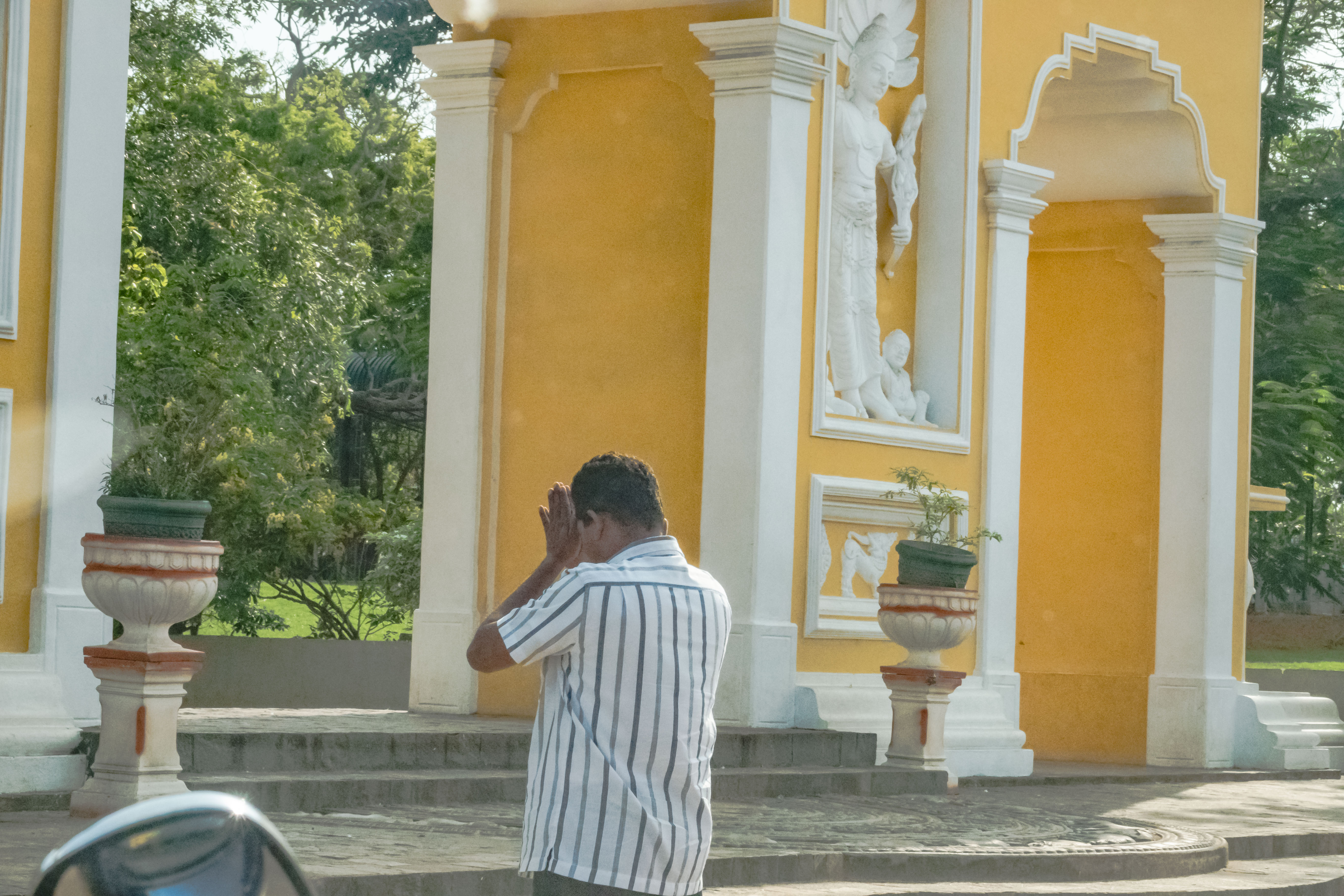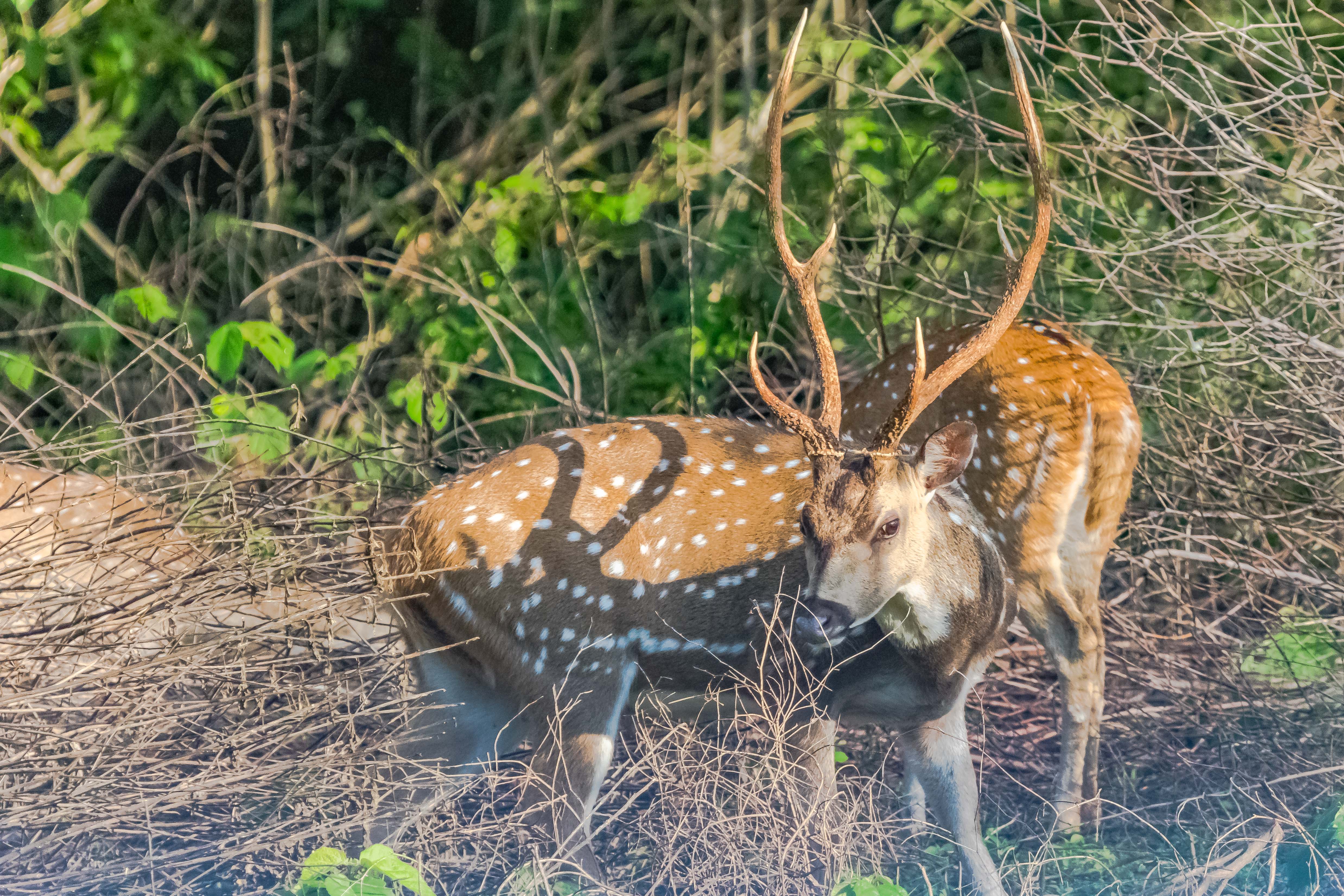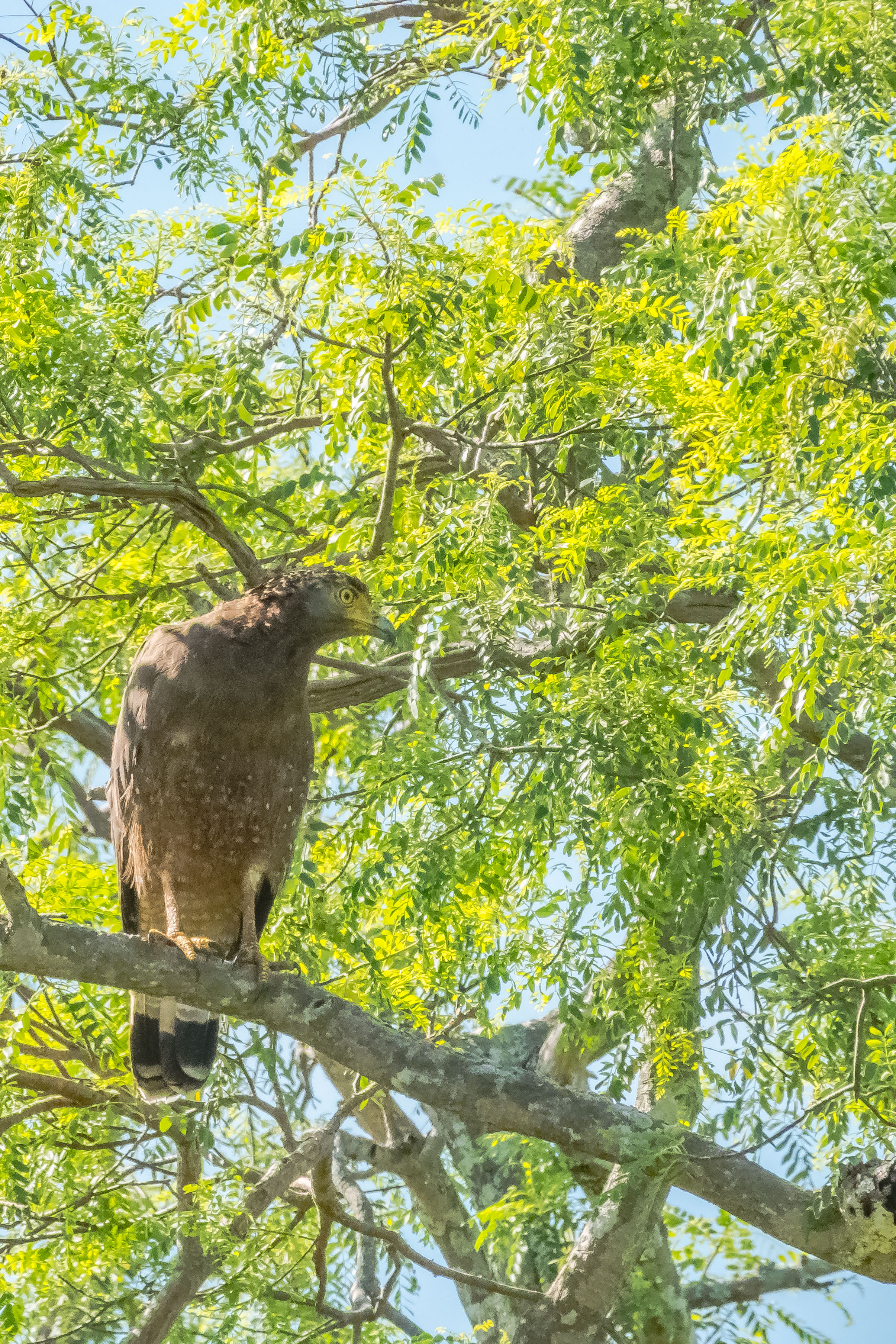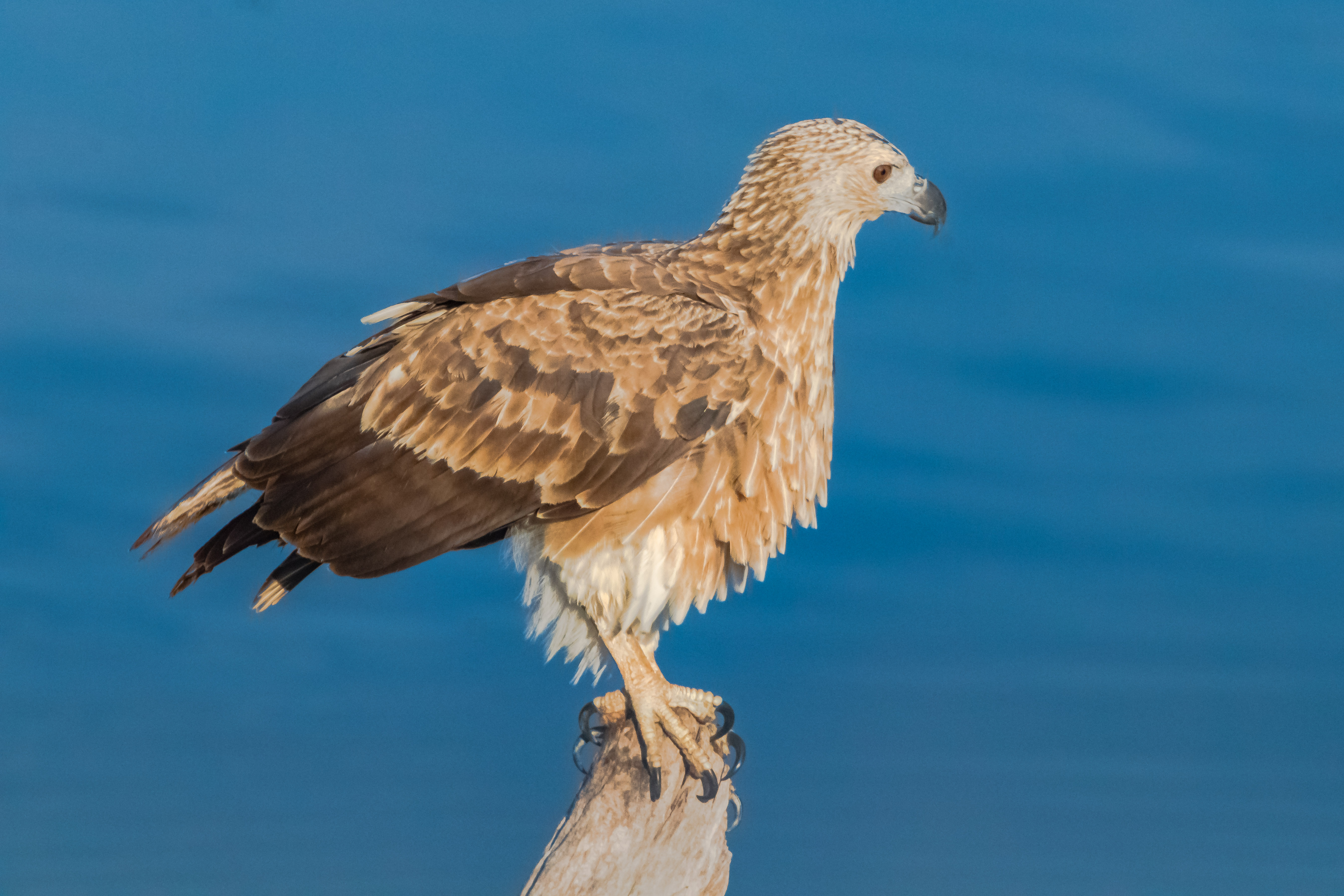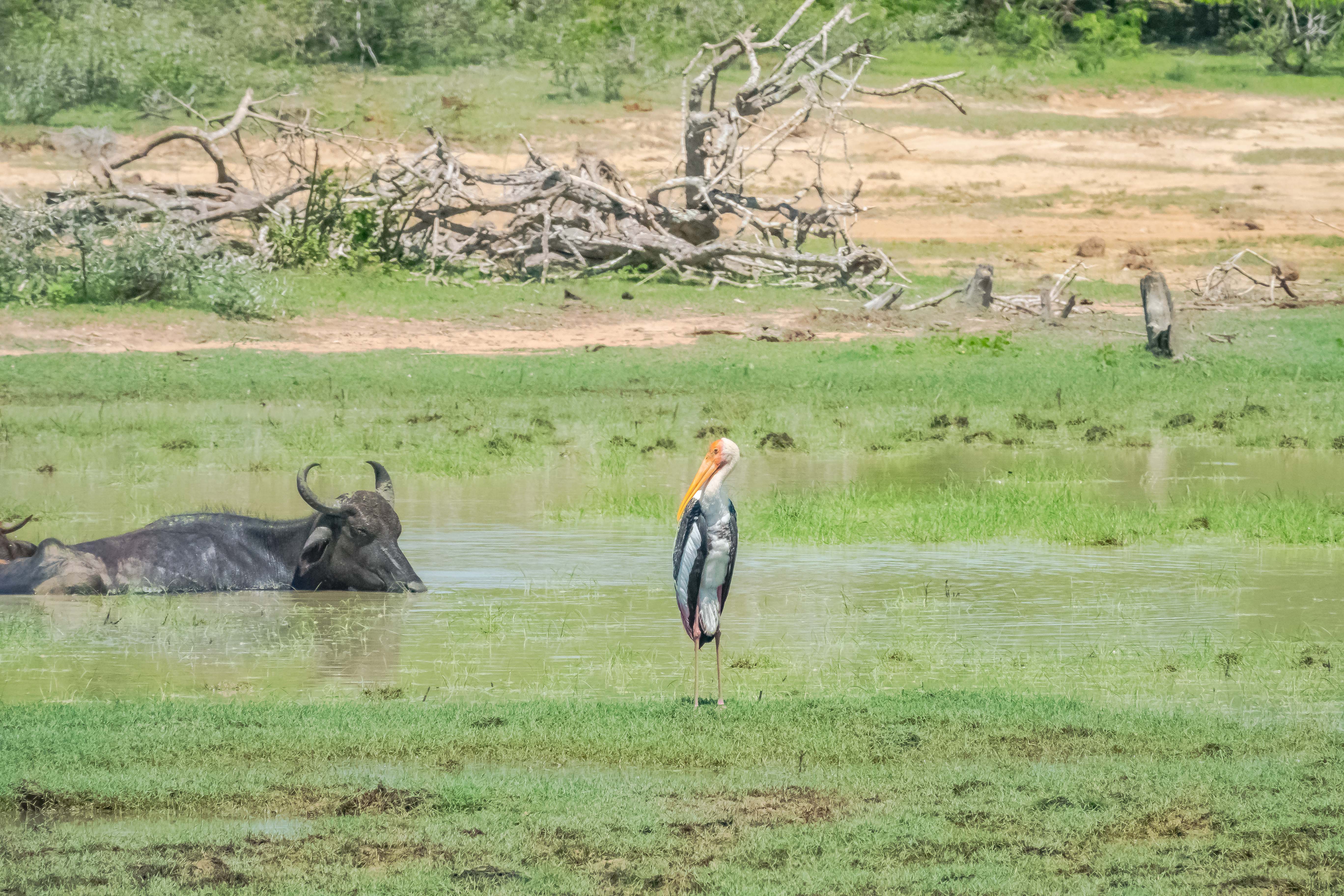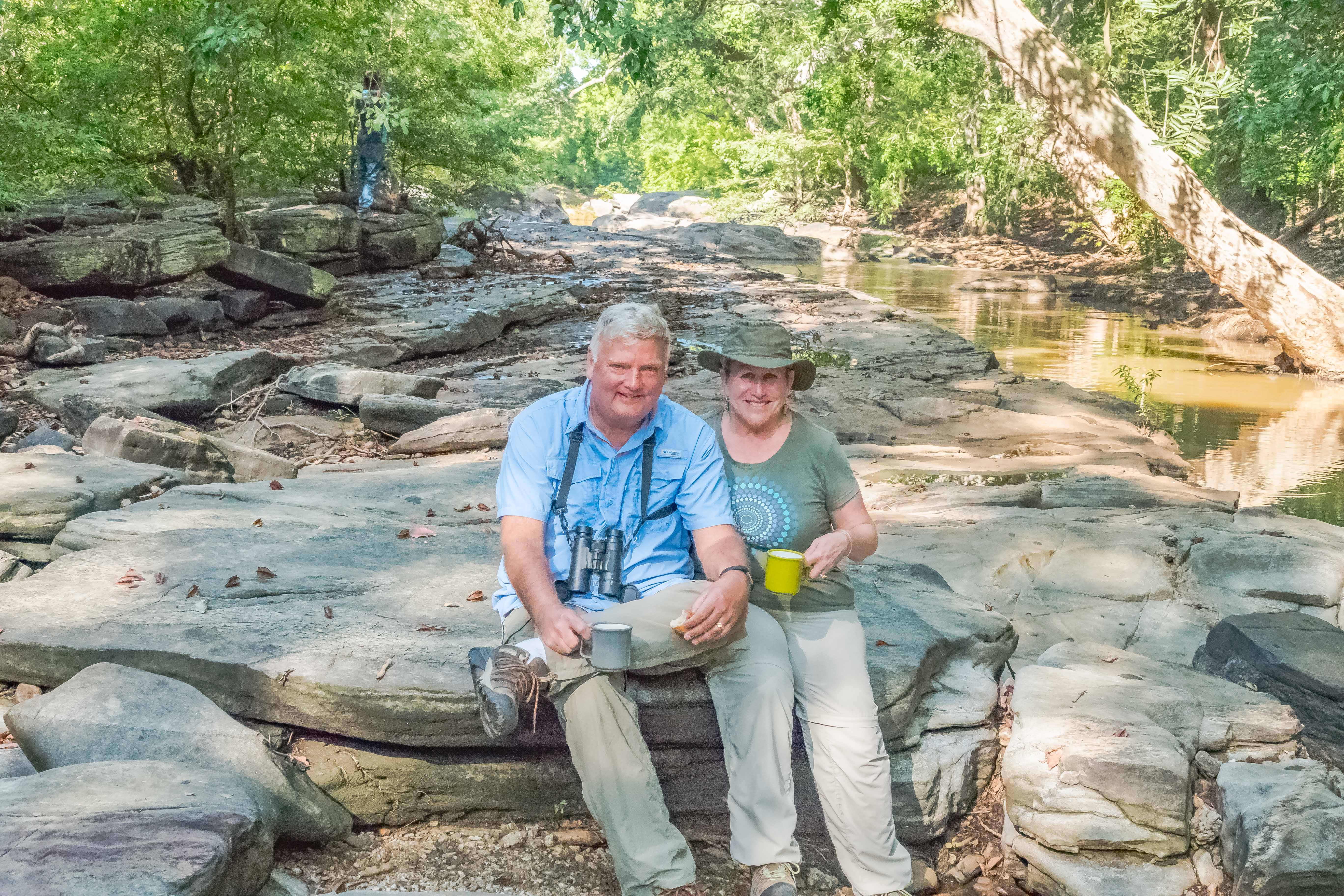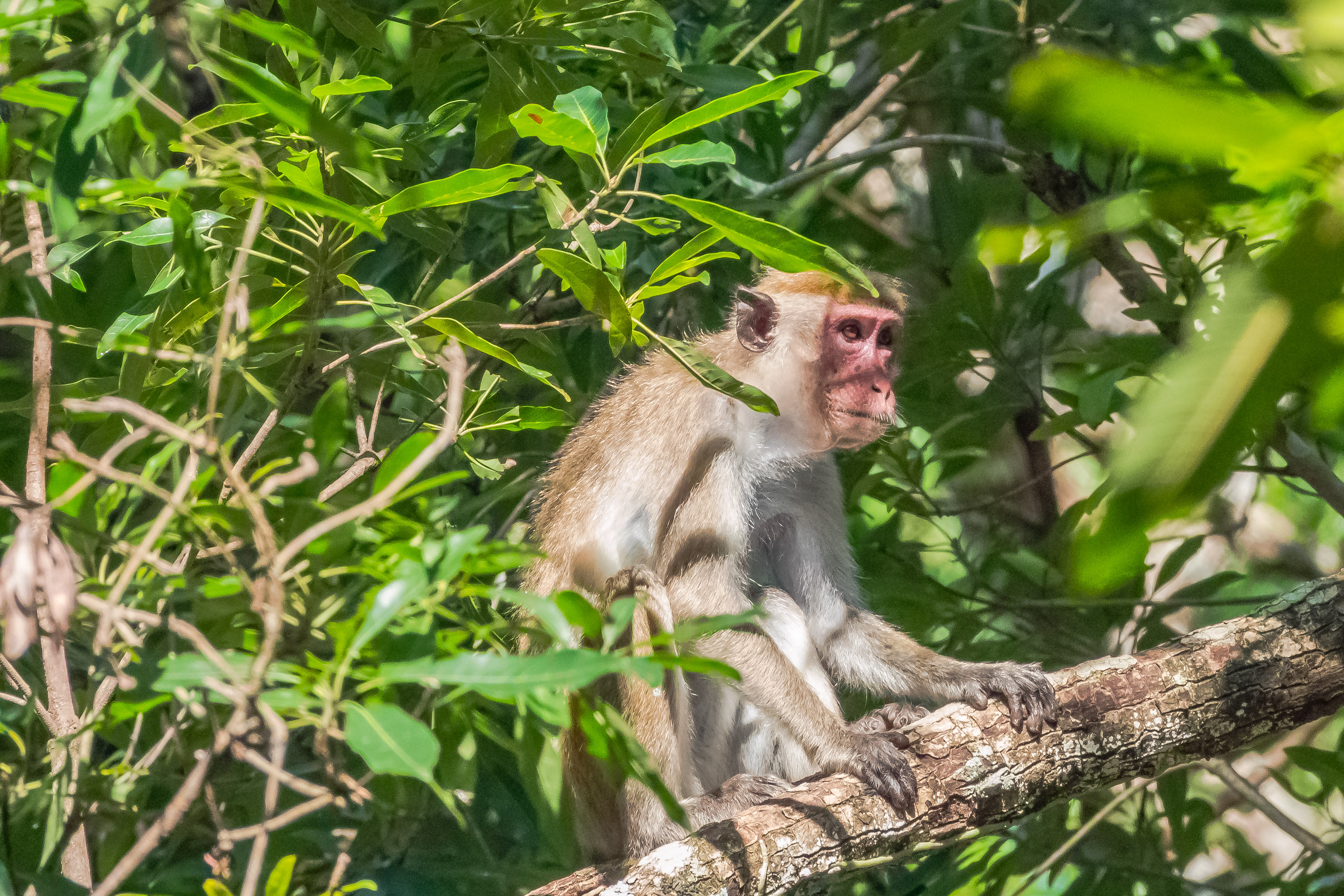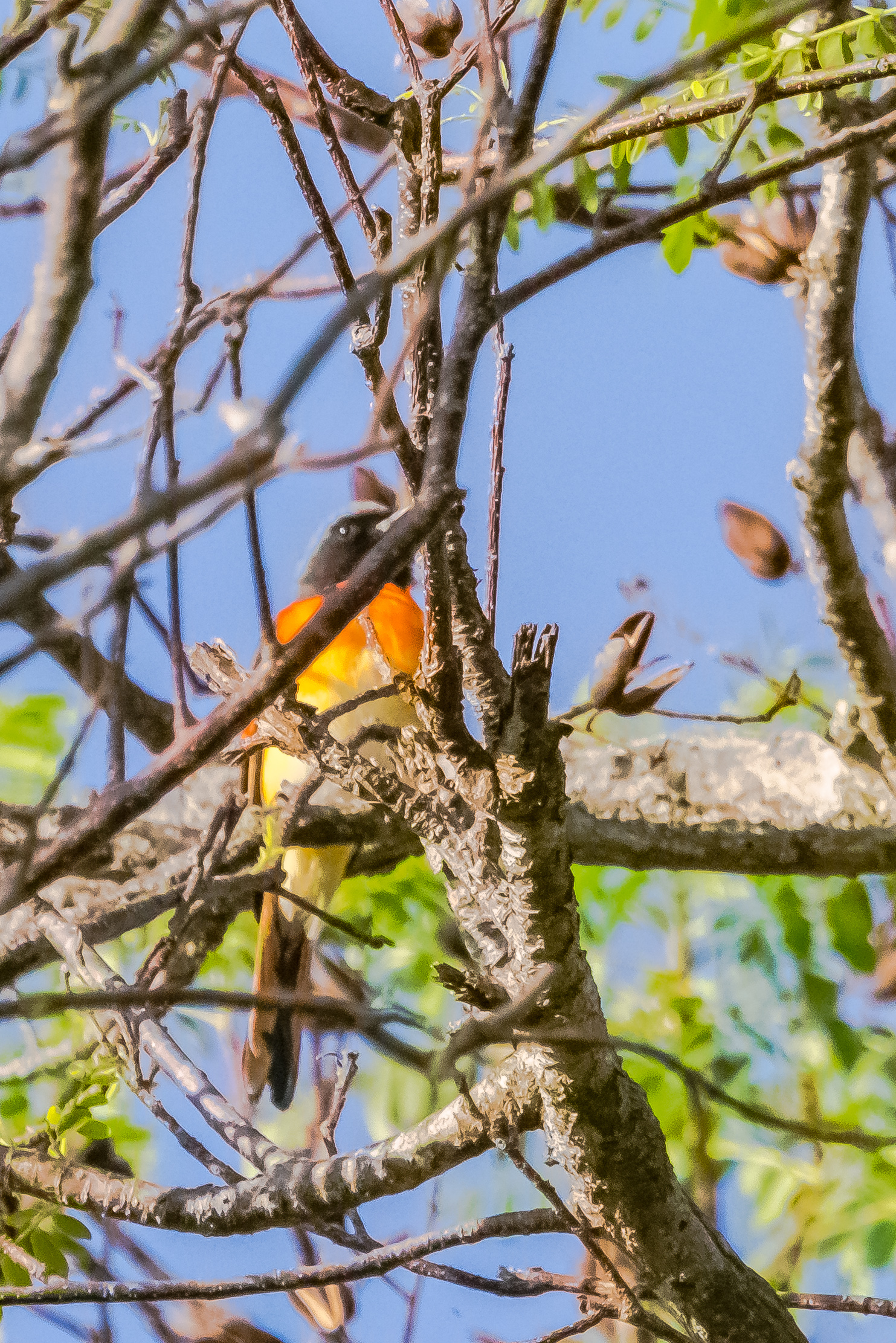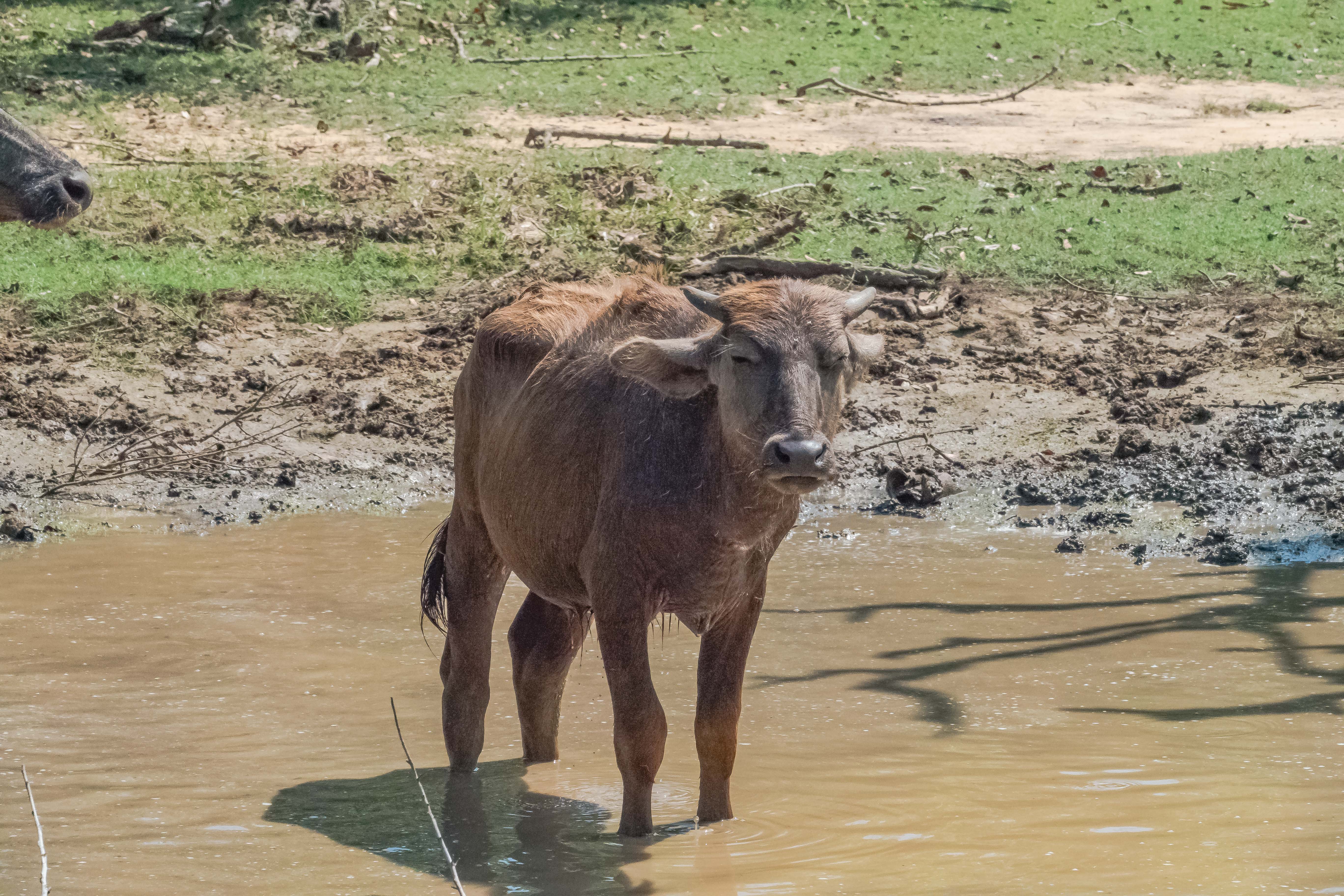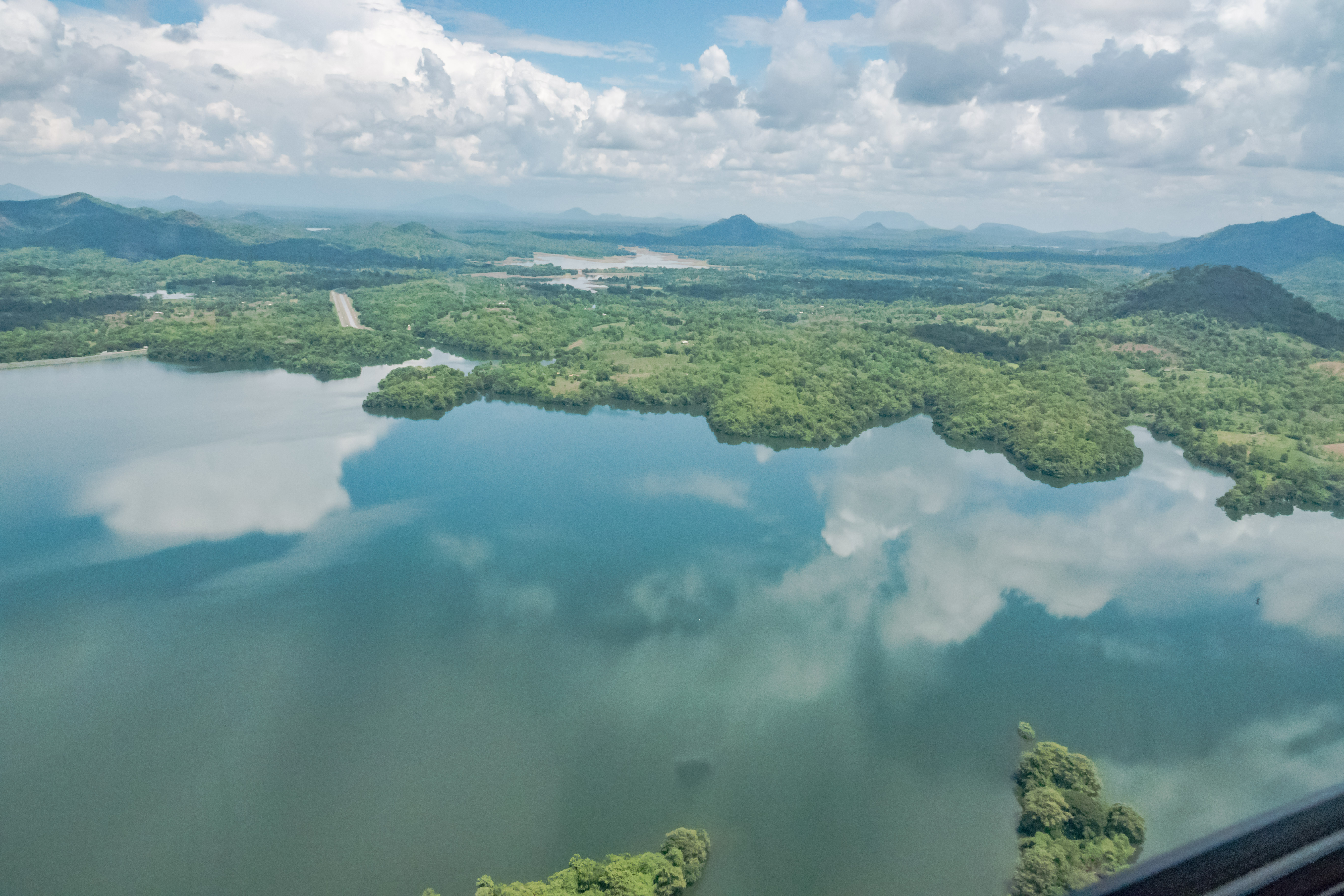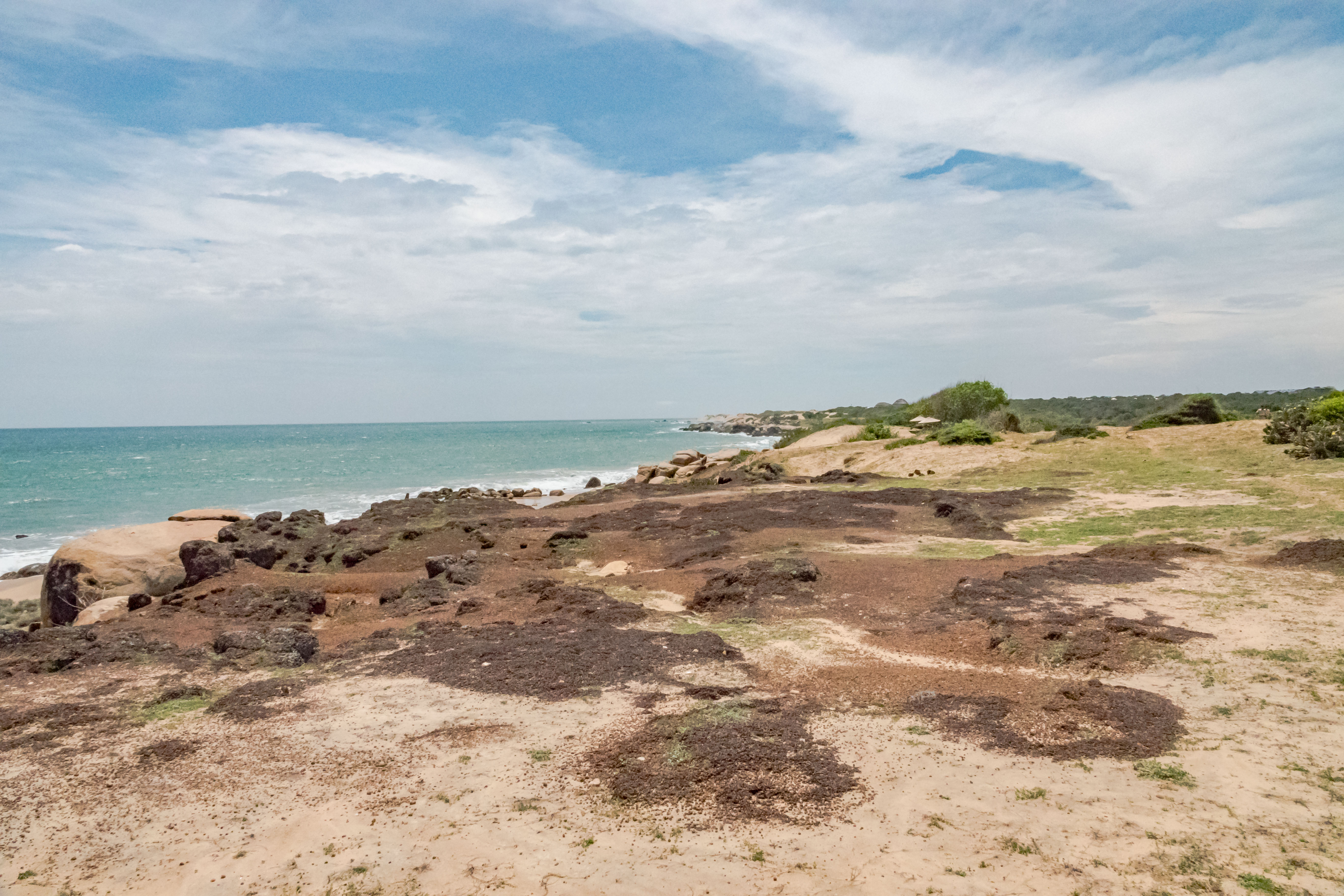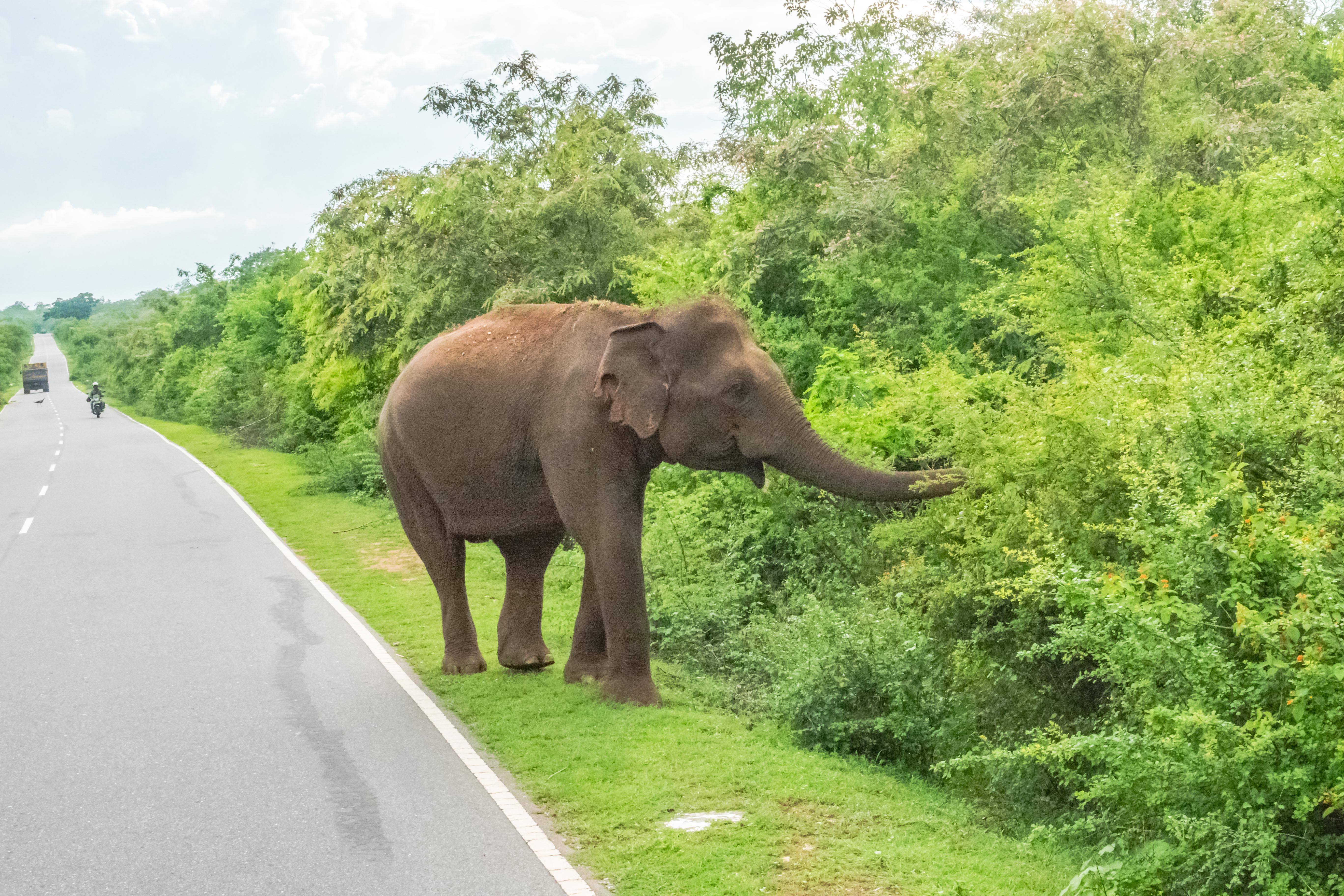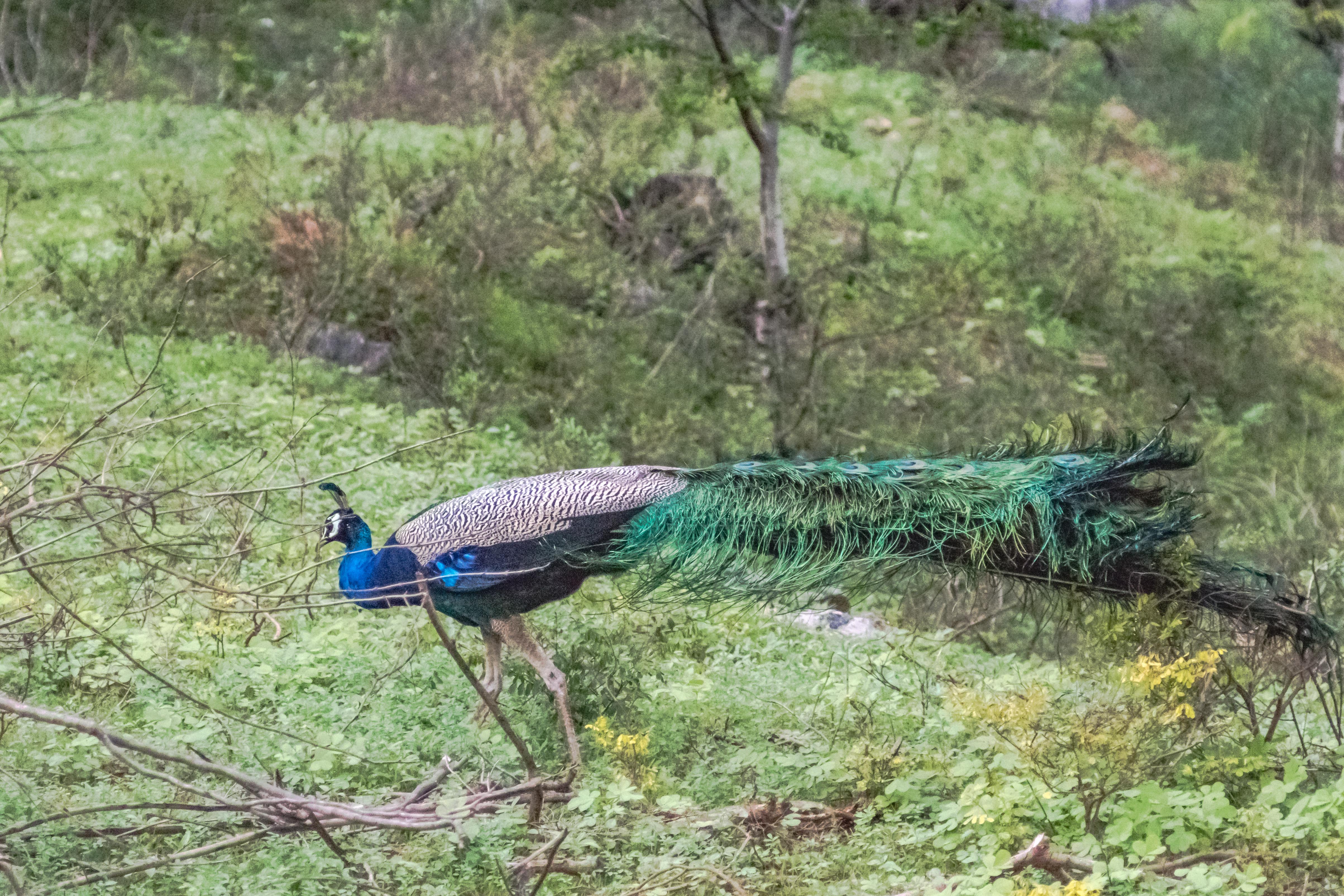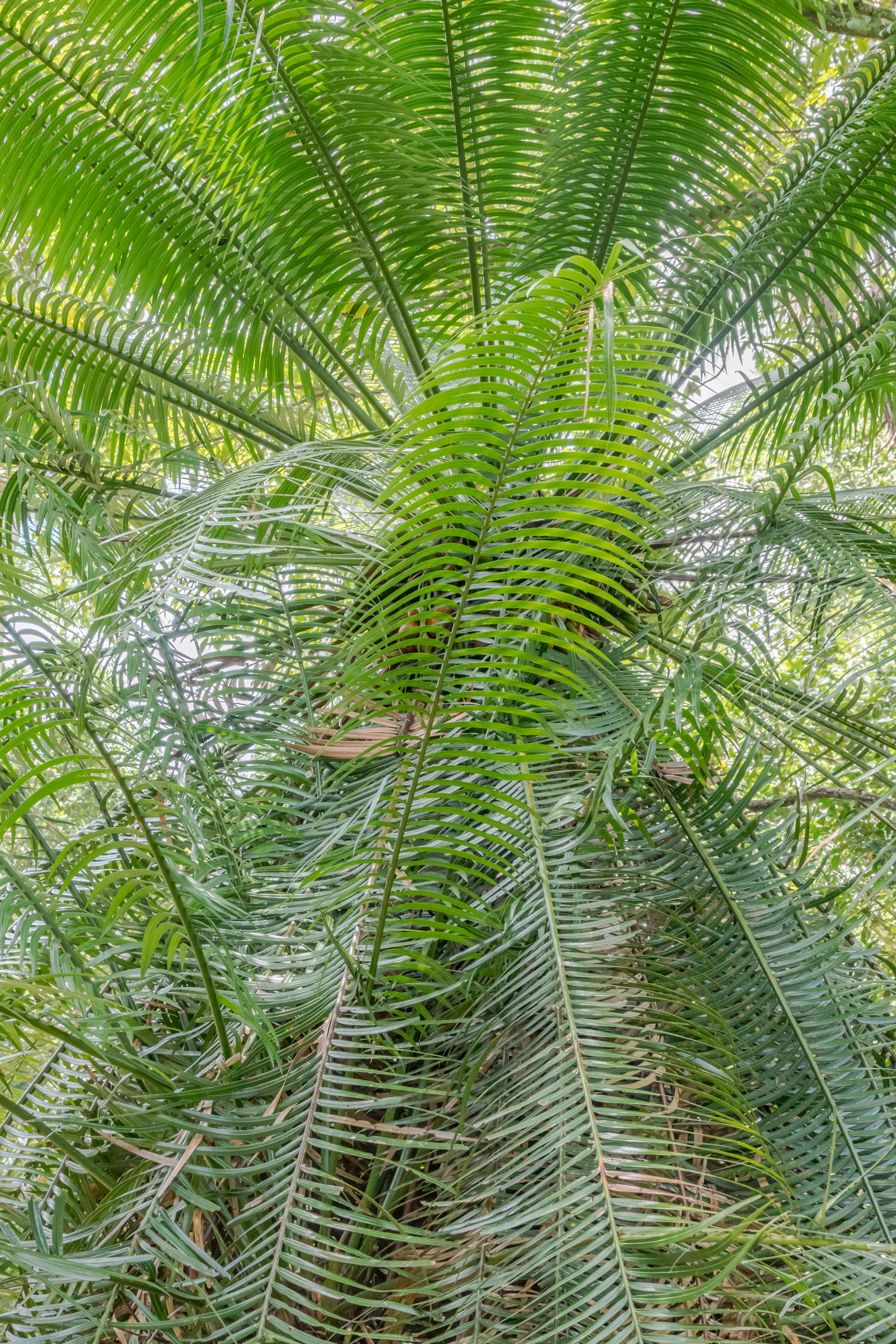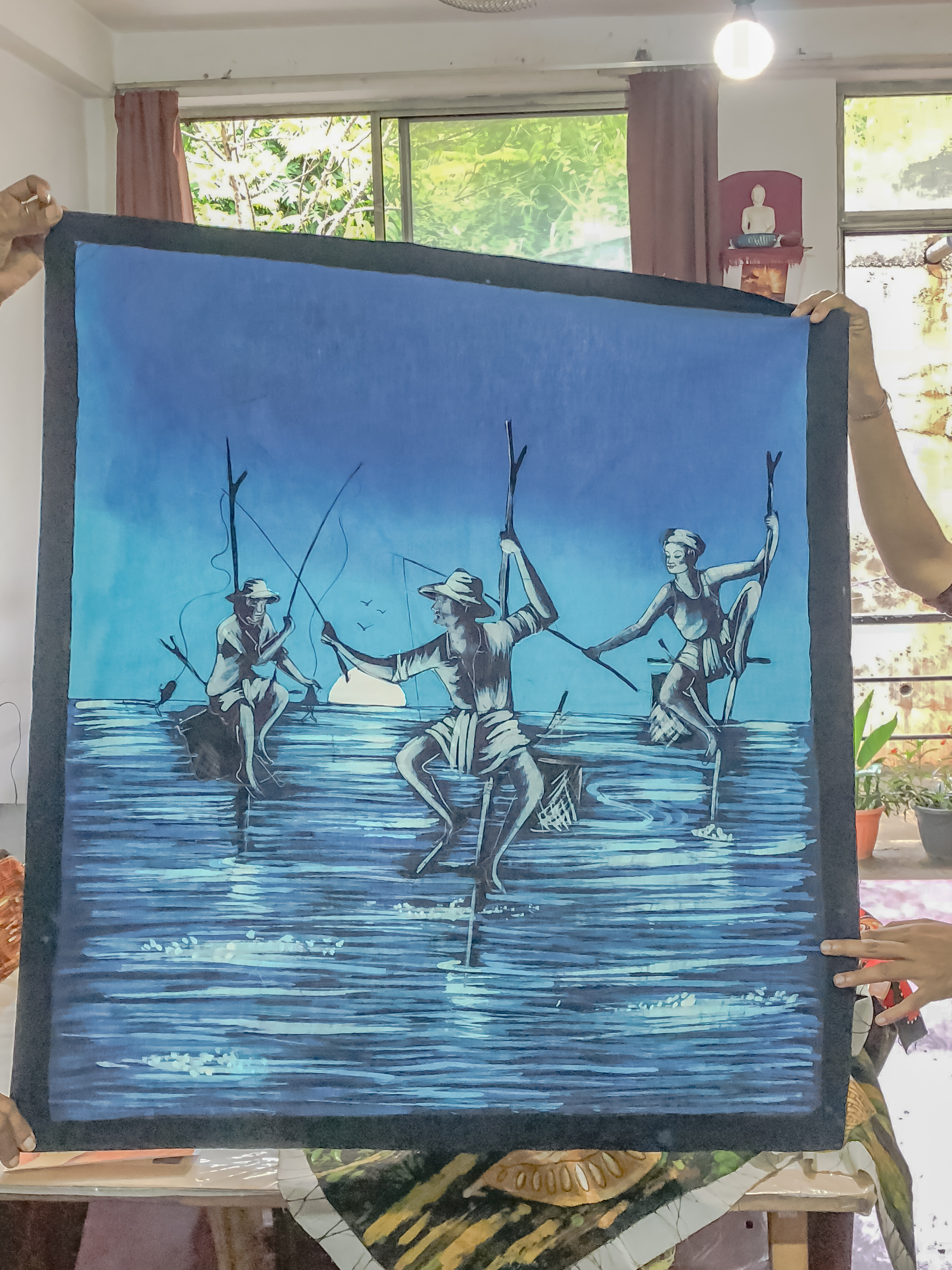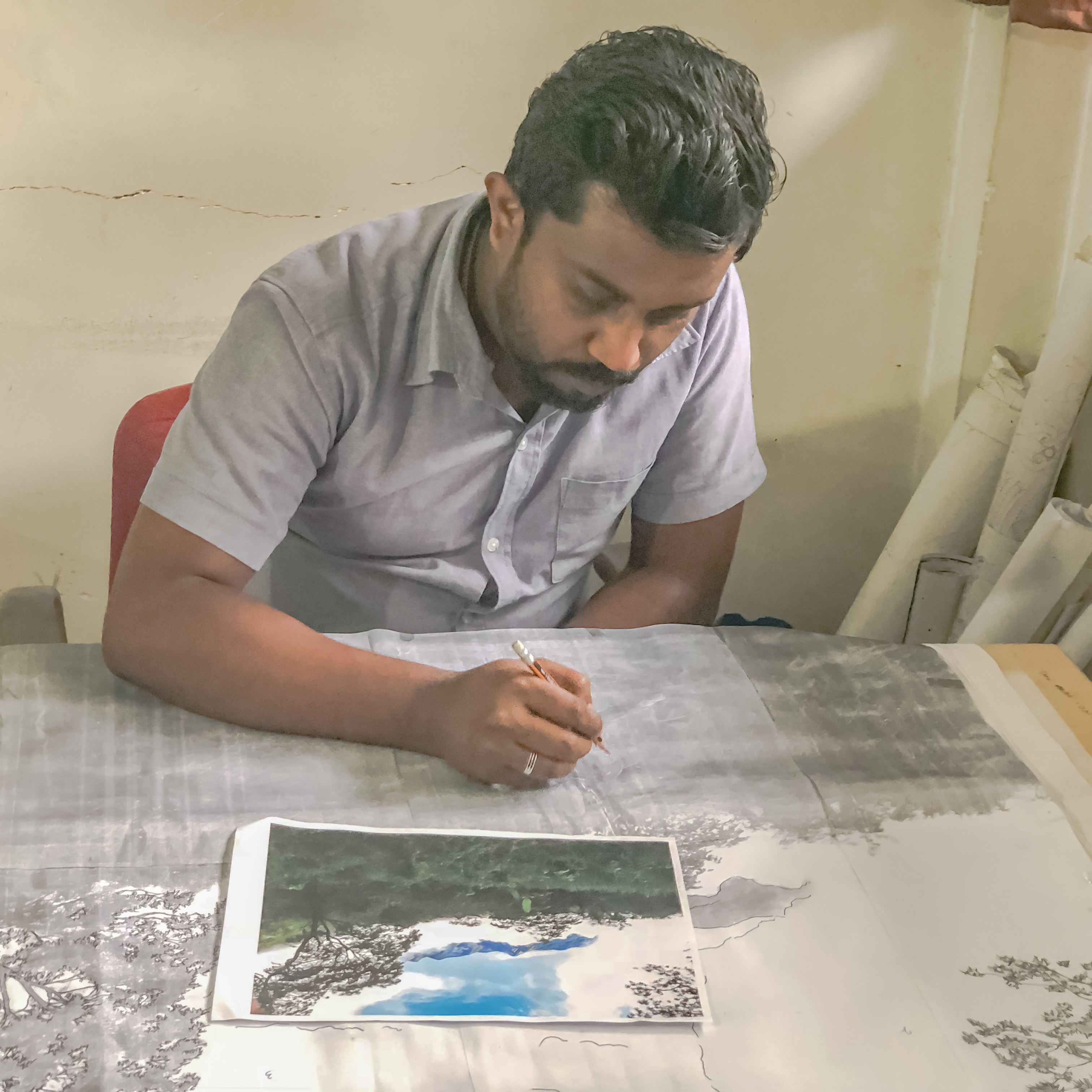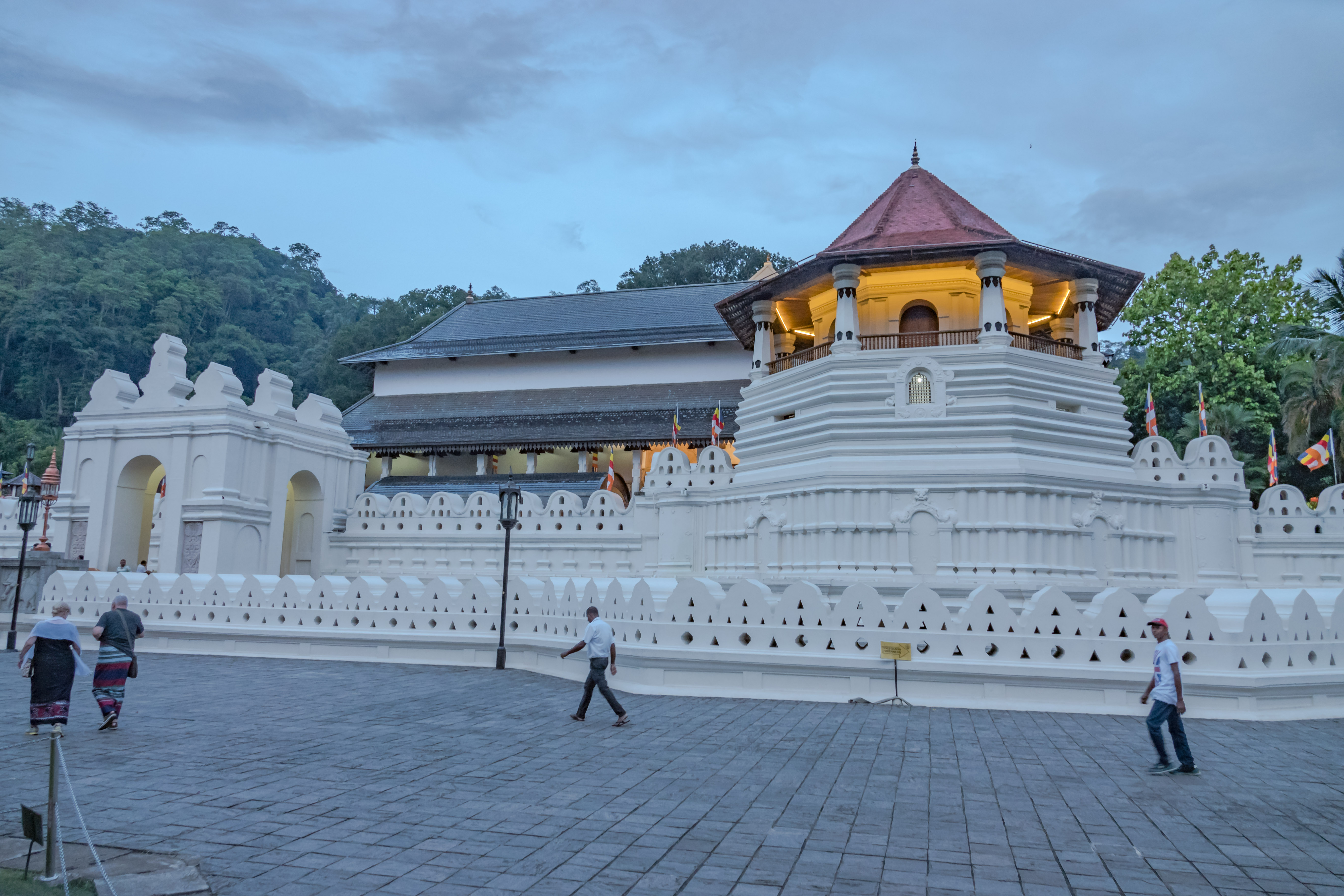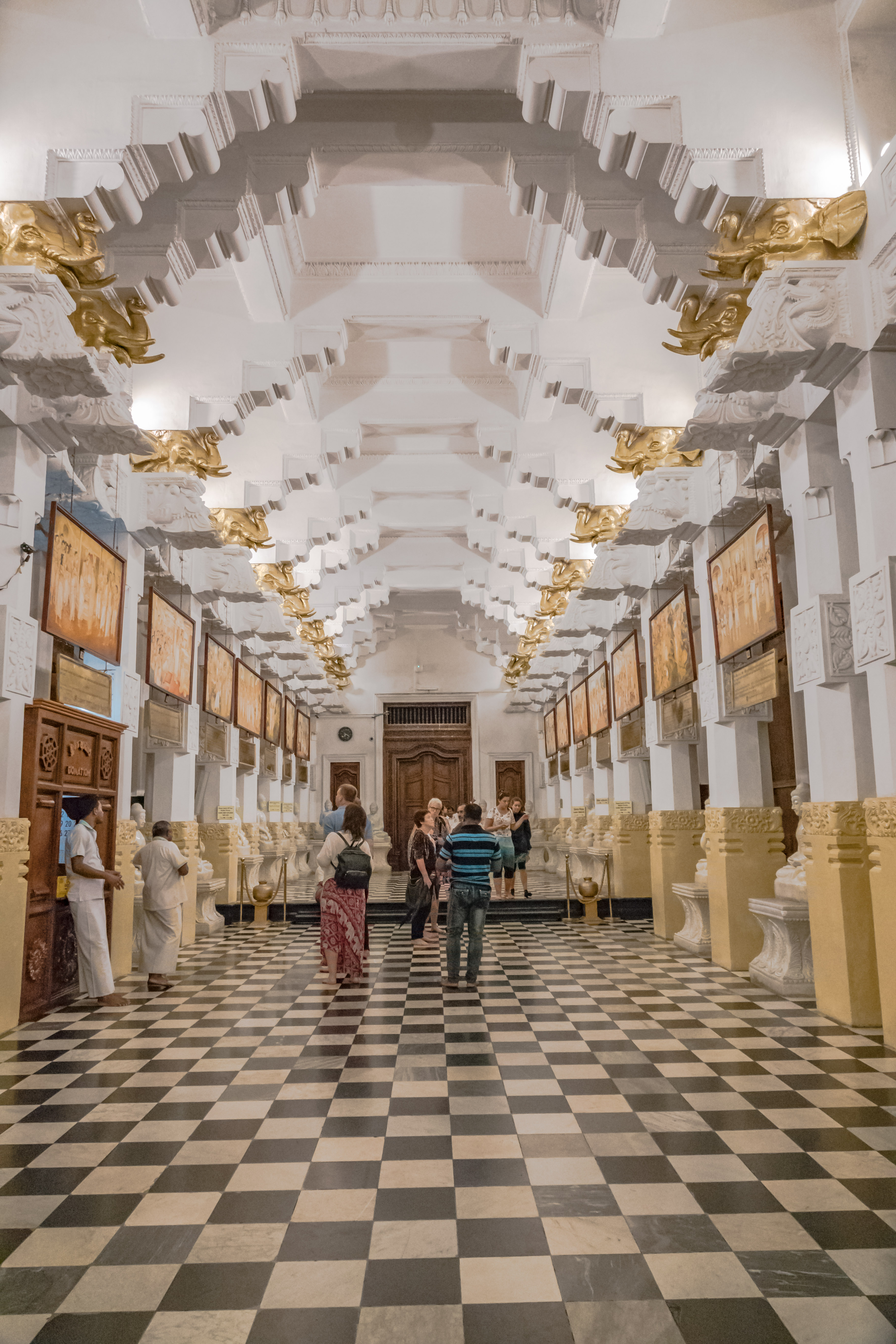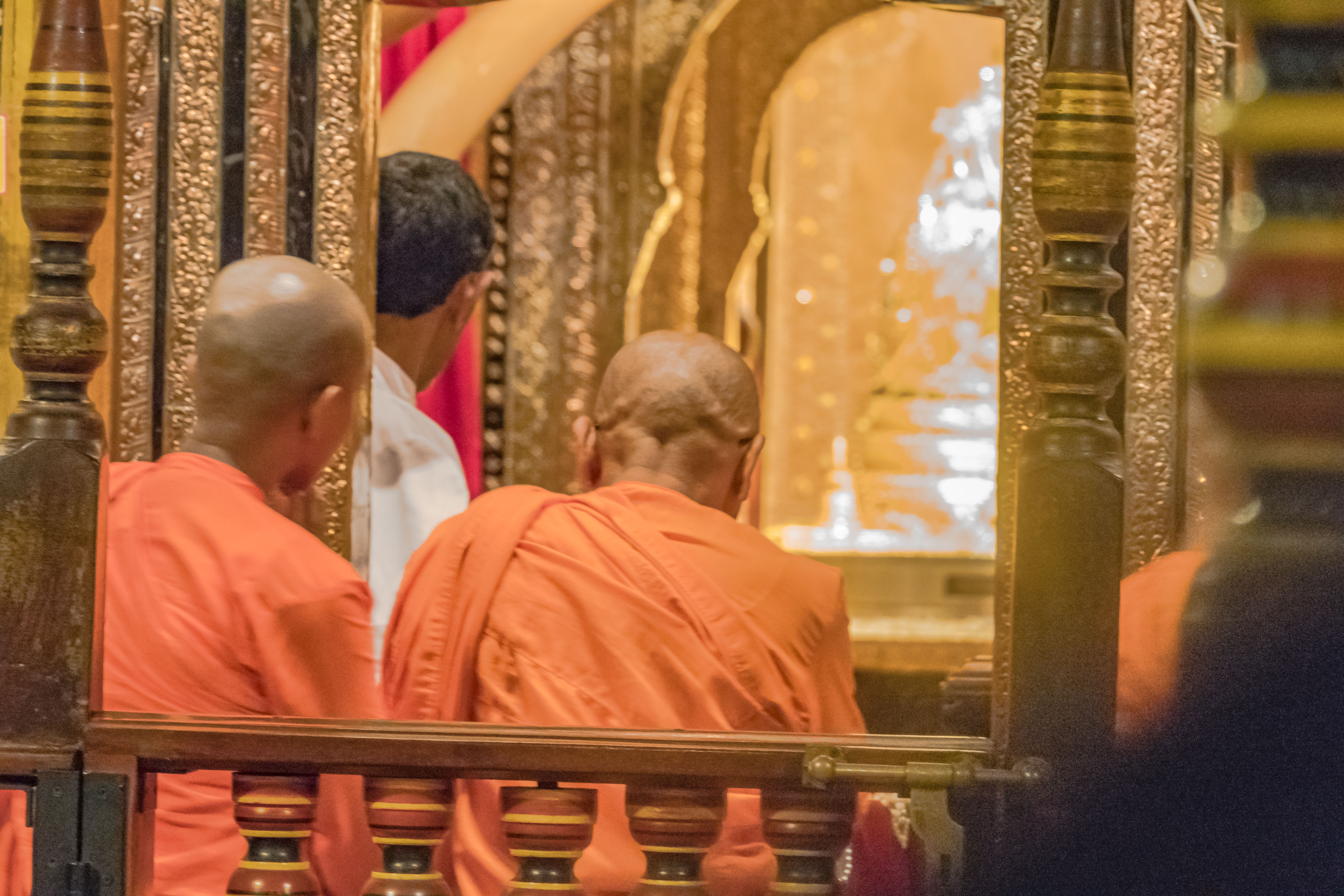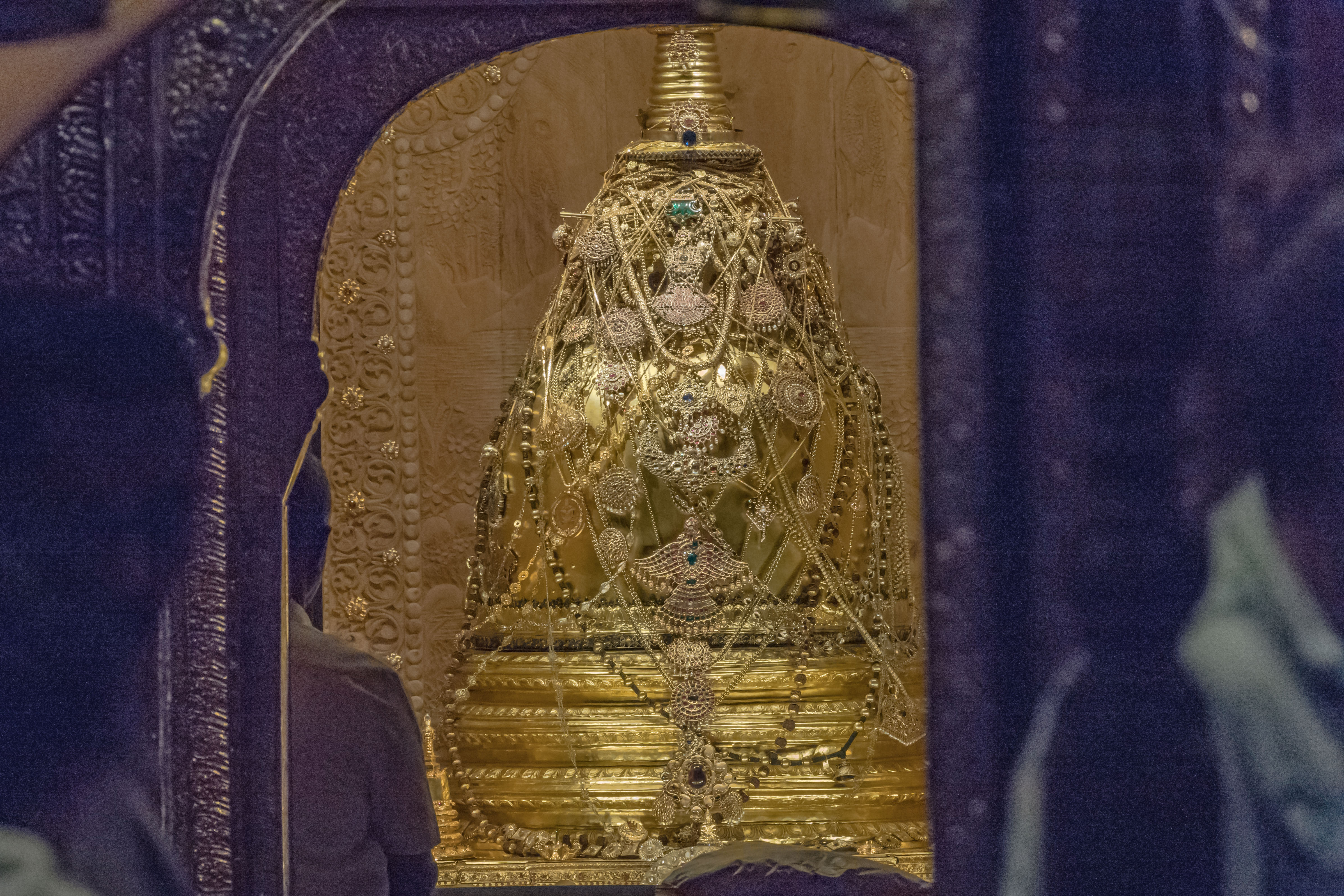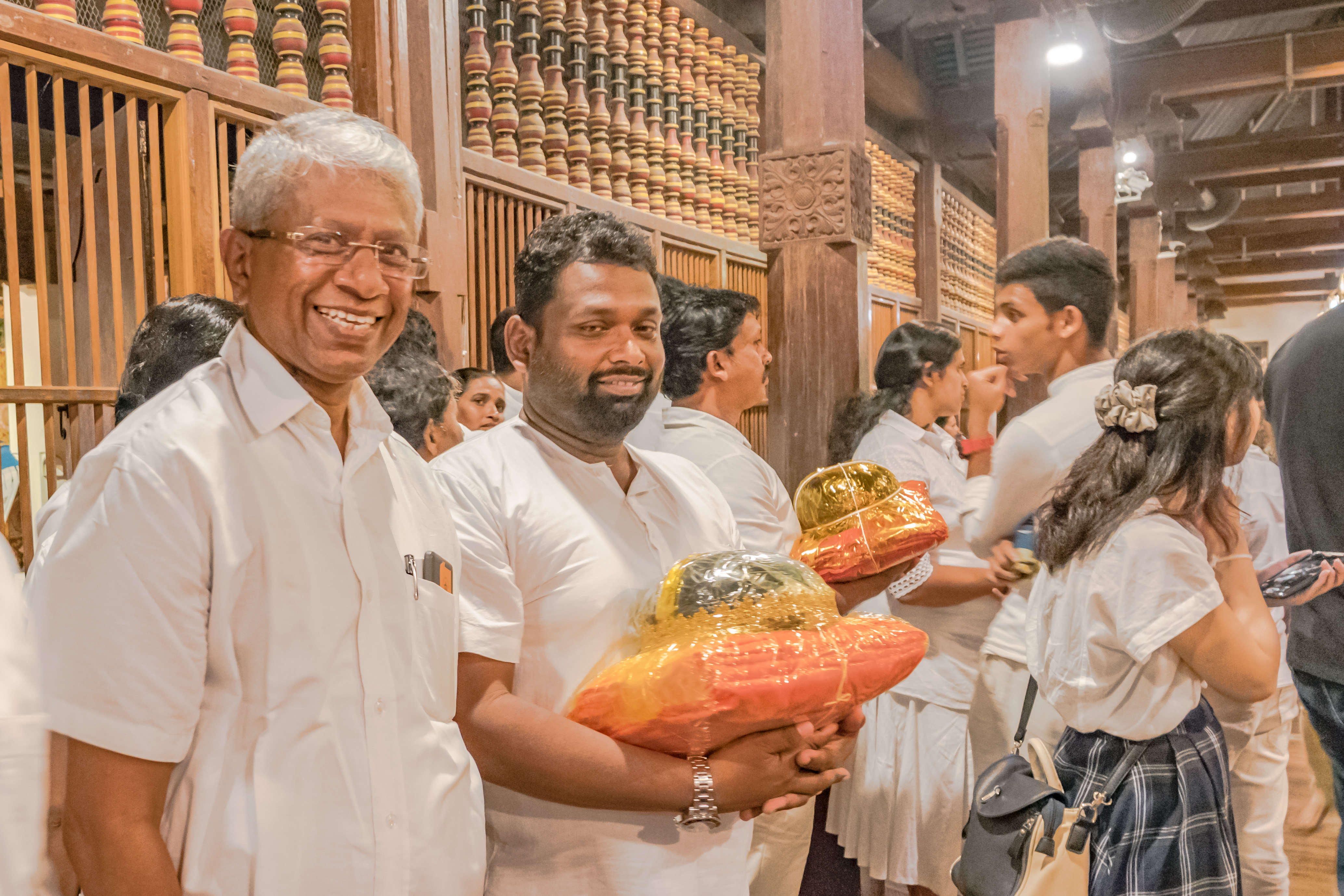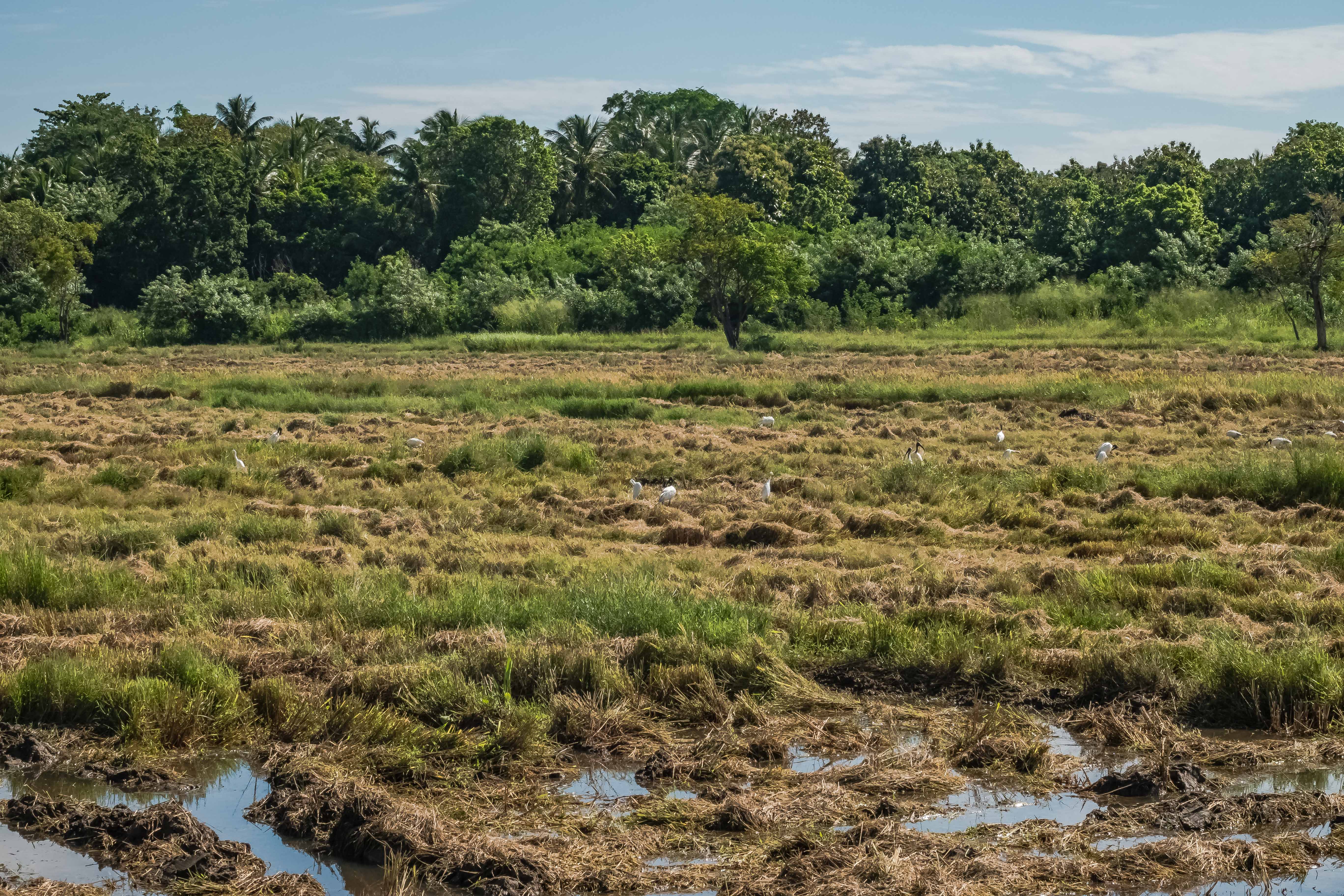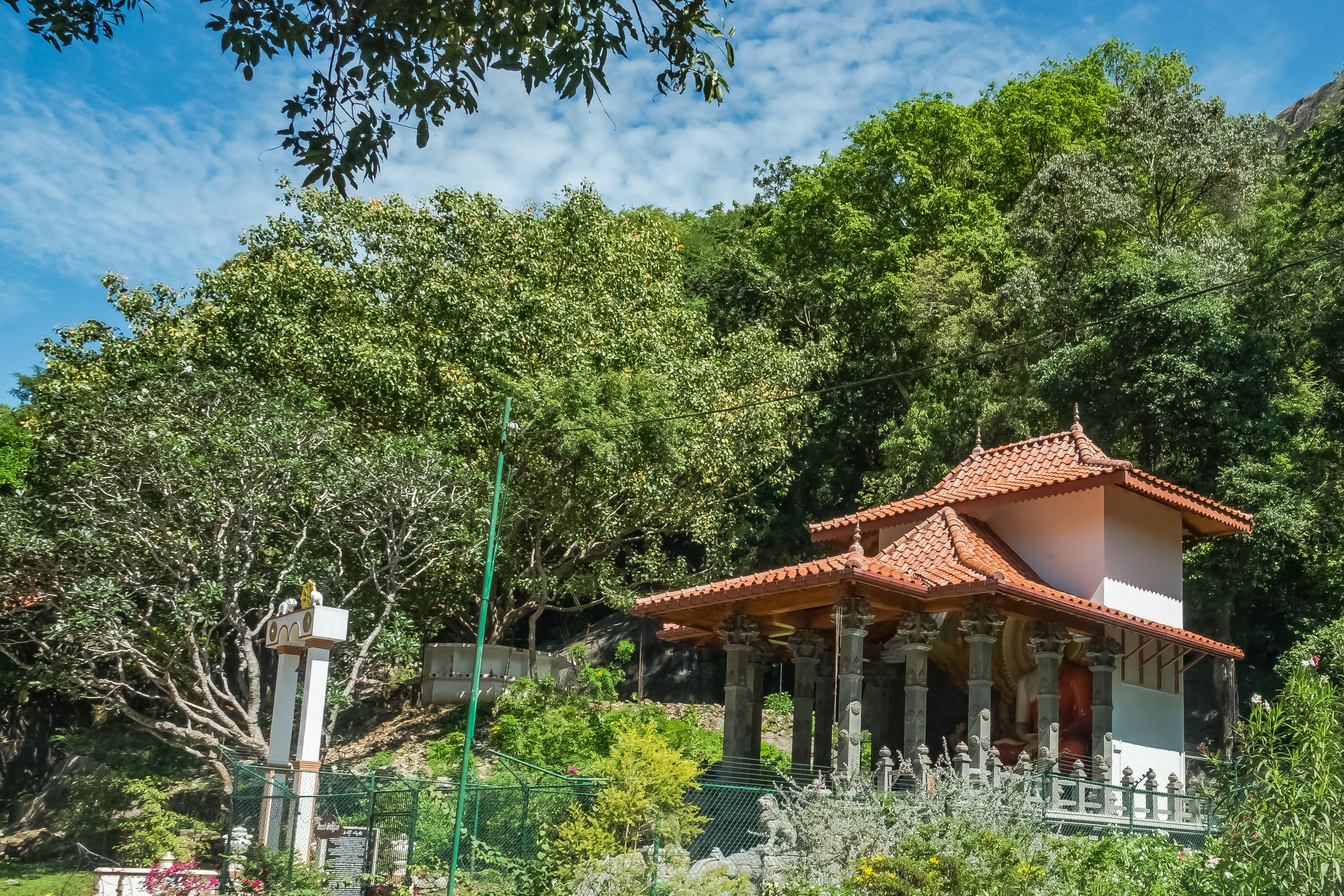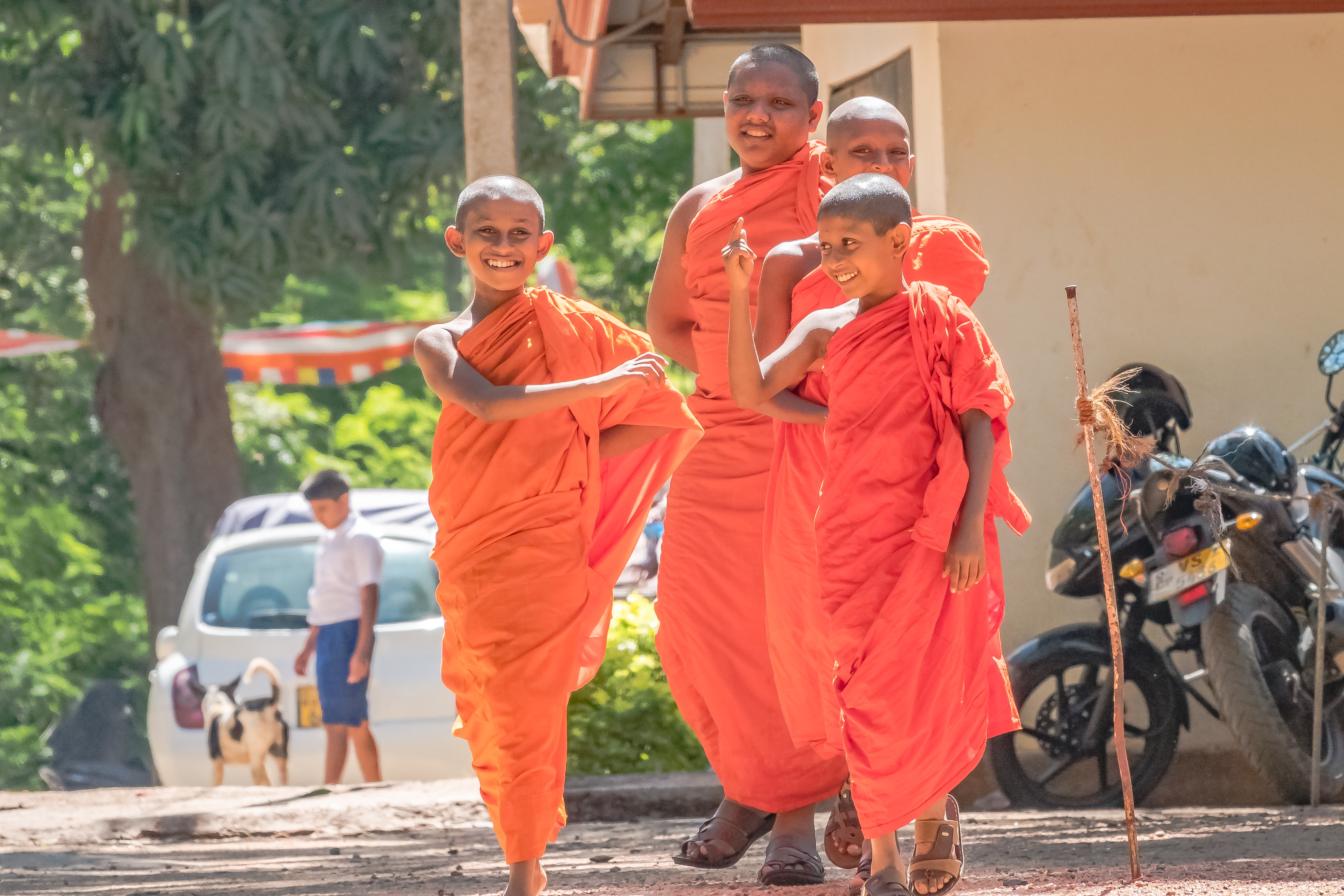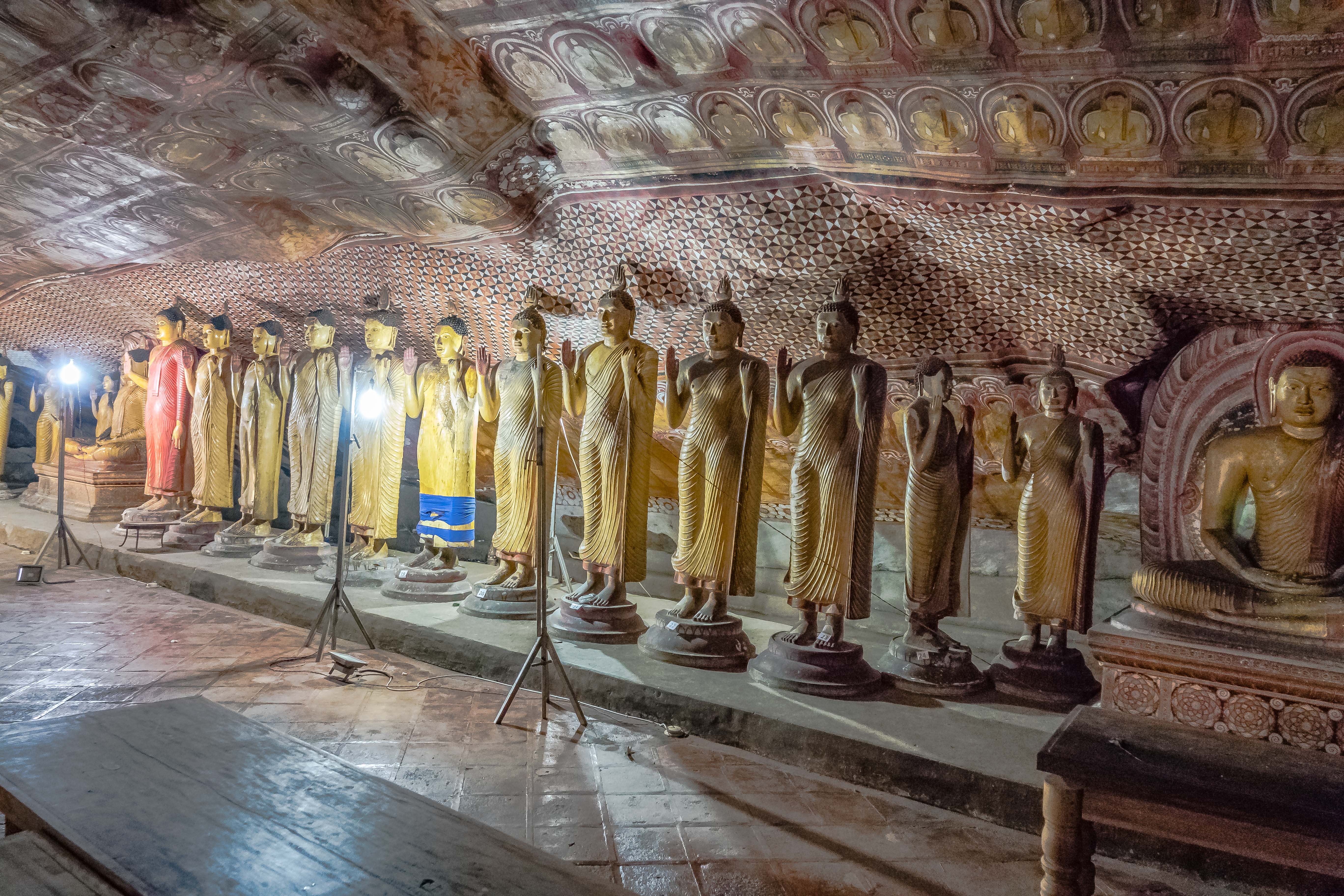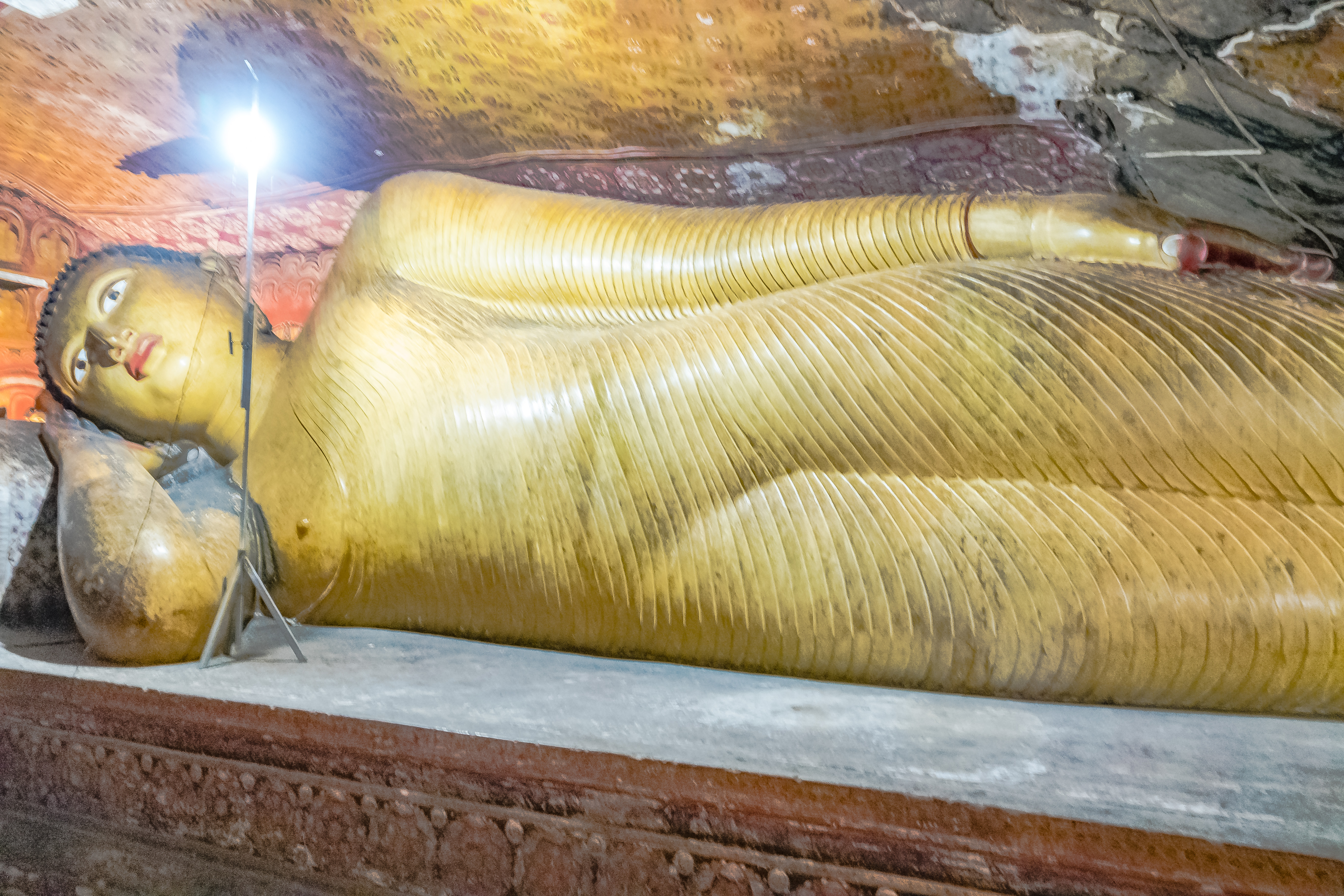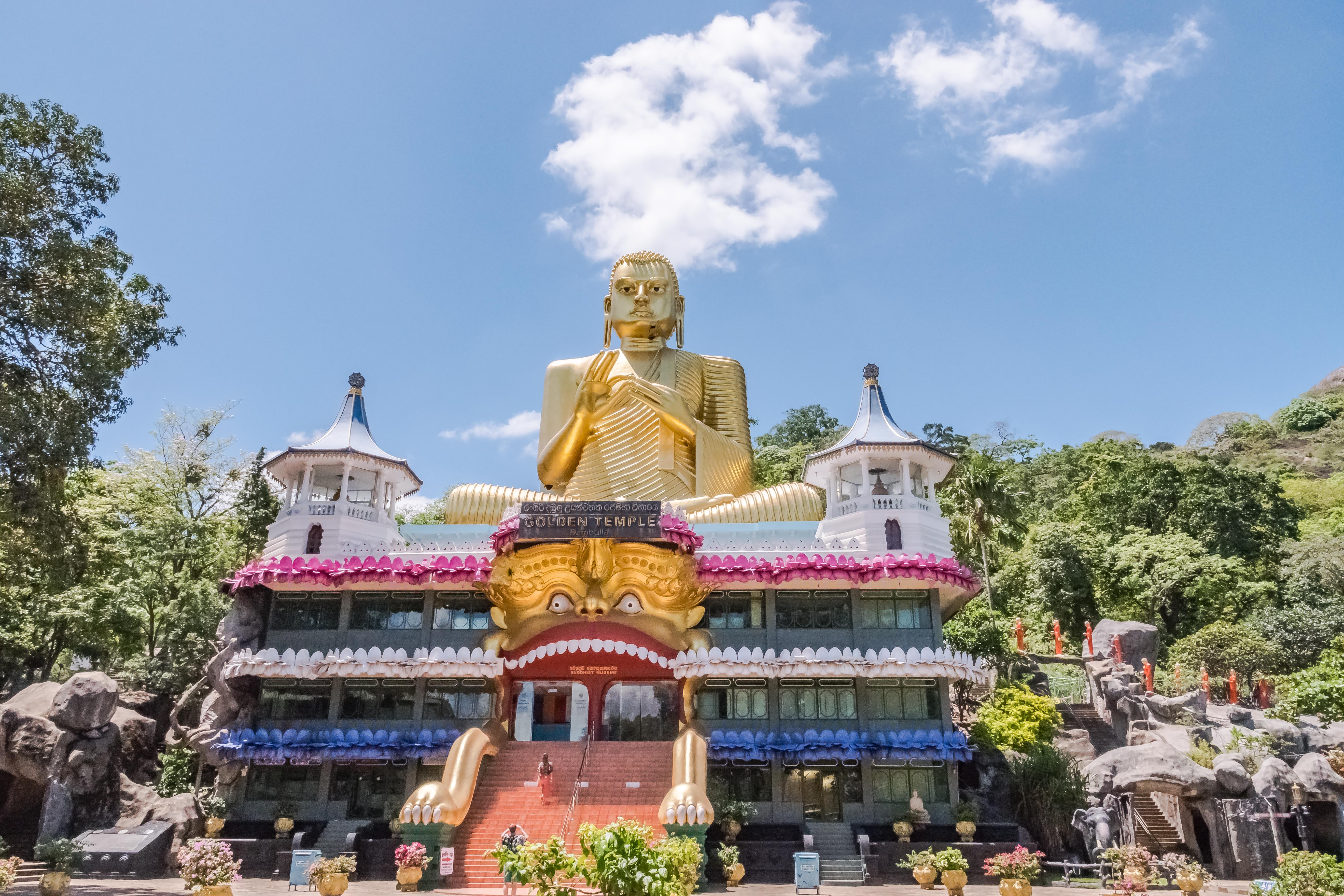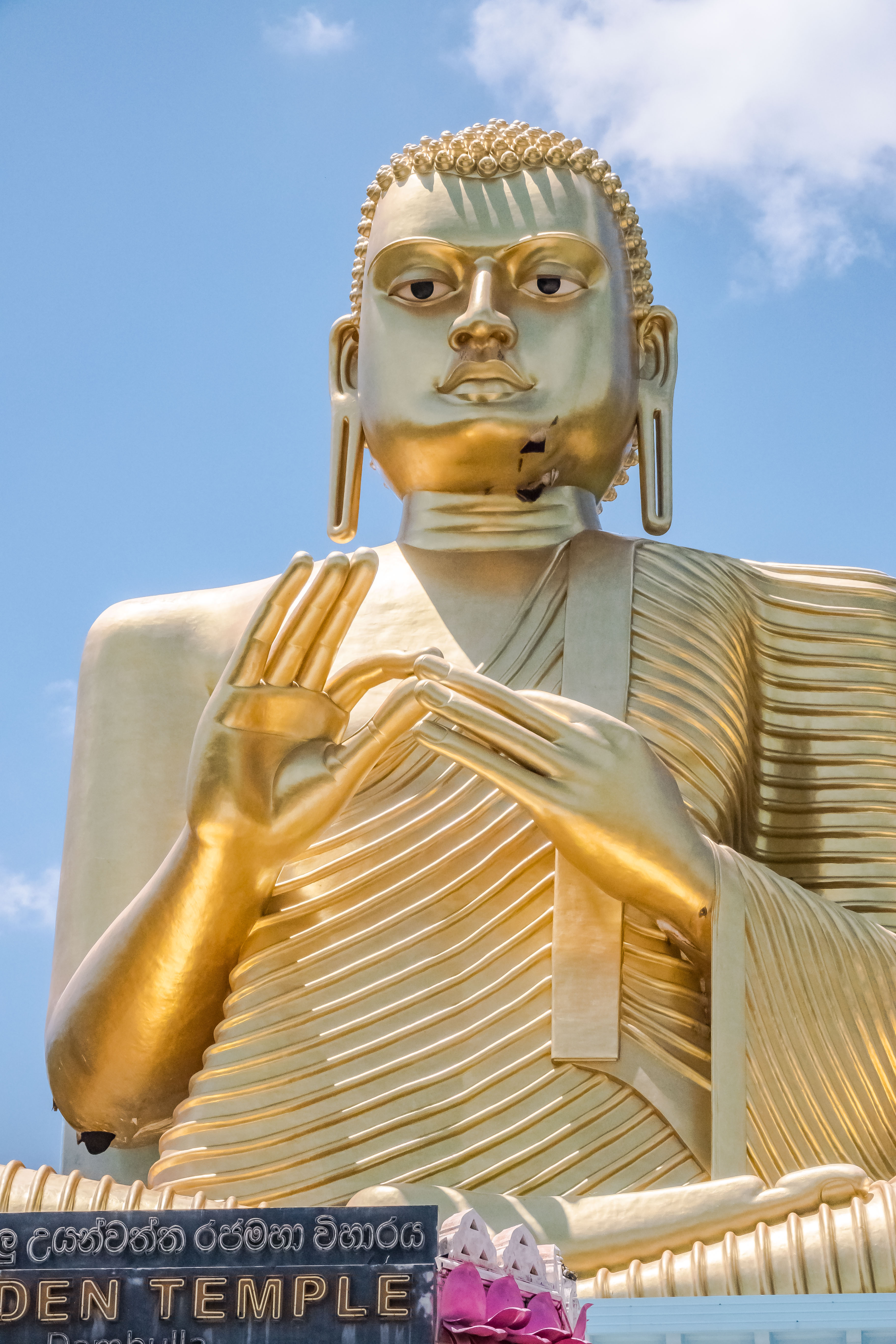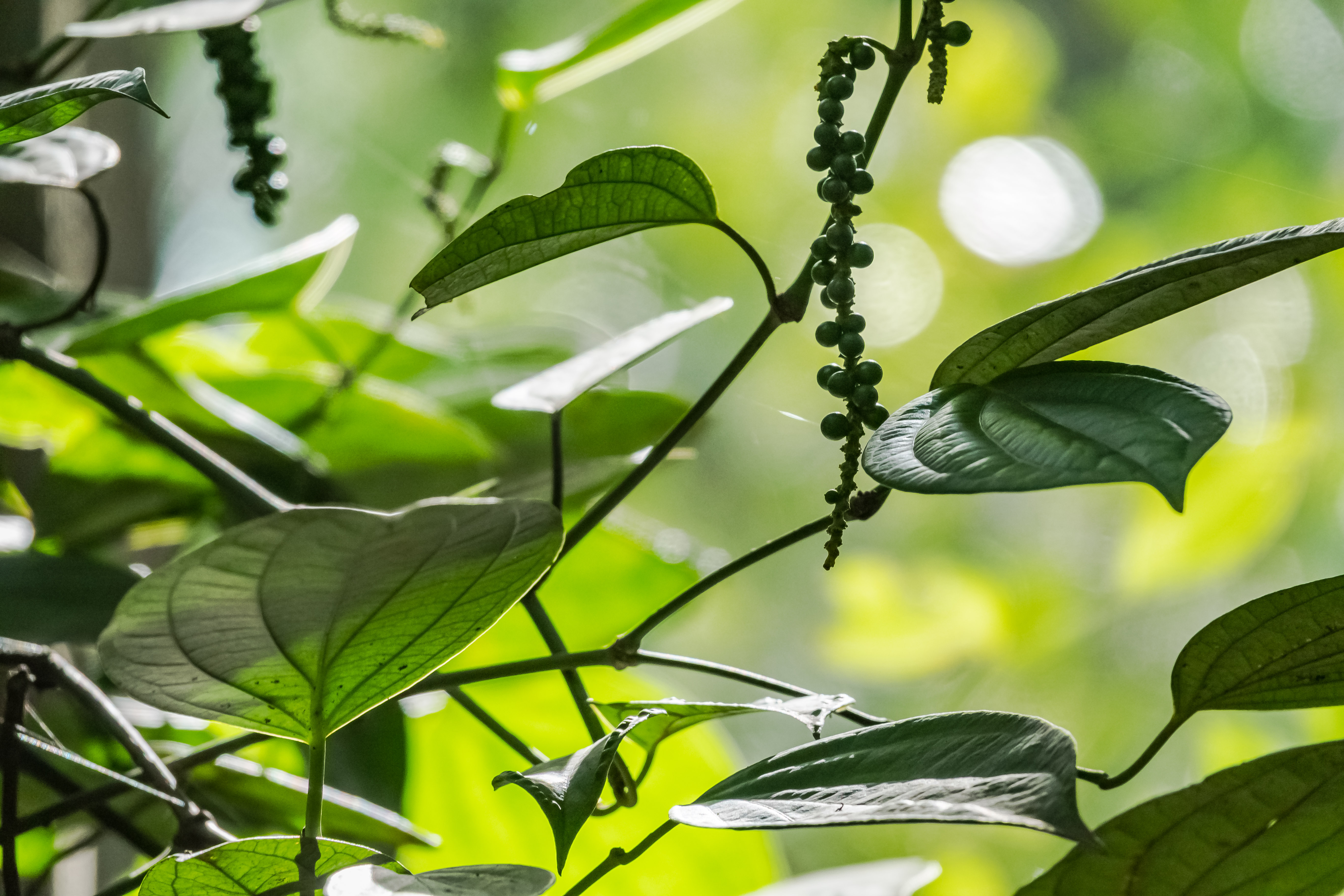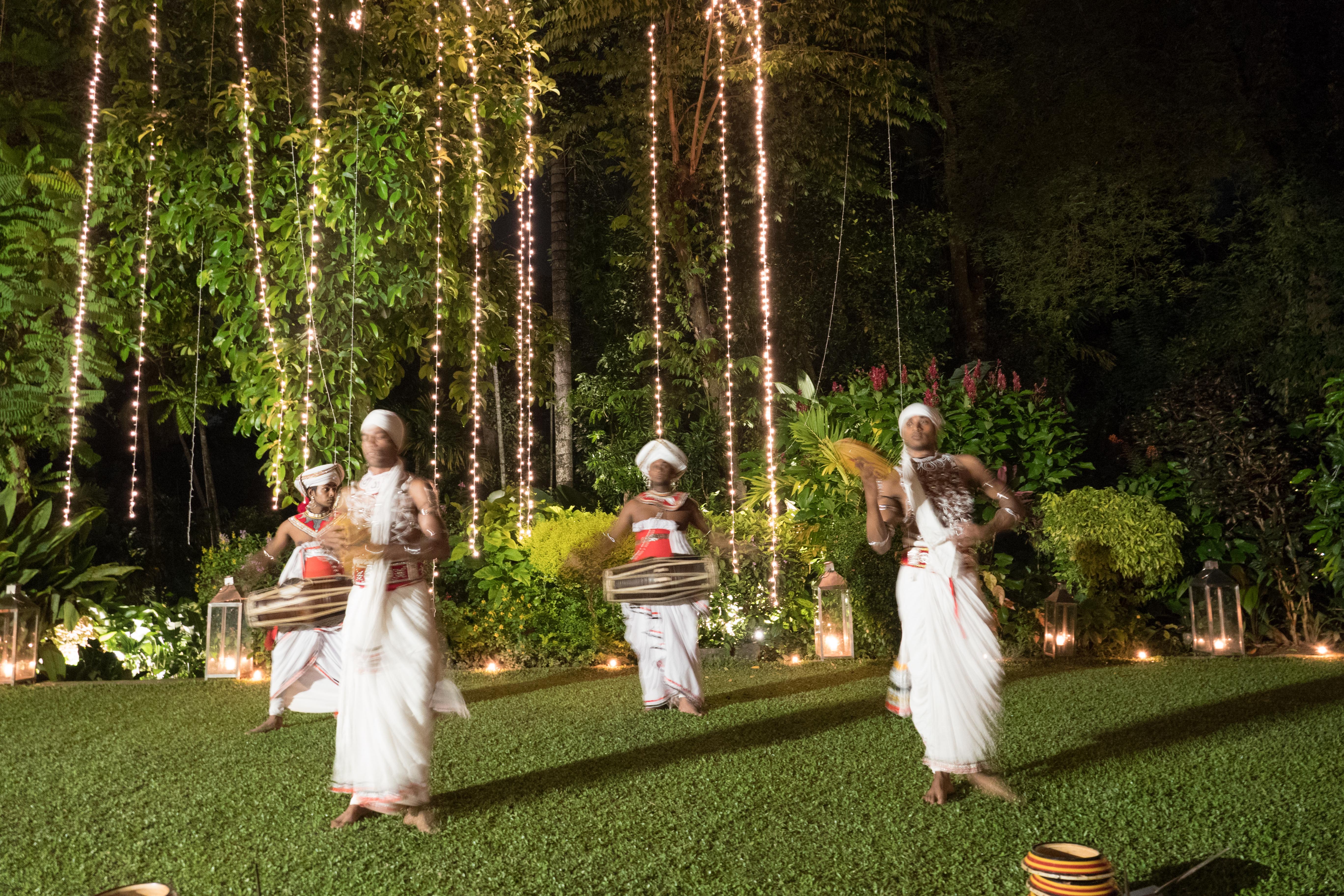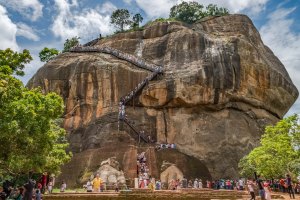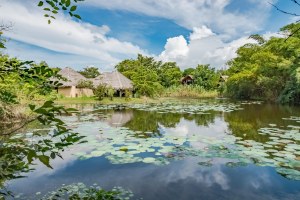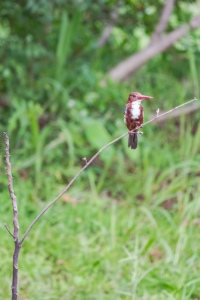Oct. 24-27, 2018:
On Tuesday, the 23rd, with our tour of Sri Lanka officially over, Jim and I flew to the Maldives for some R & R before our tour of India and Nepal begins. Pictures of the Maldives always seem to show up on Pinterest under categories like “most romantic” or “best ocean view bungalow”. However, Jim and I got interested in visiting here when we saw photos of the great diving. The trouble is, this tiny island nation is basically in the middle of nowhere in the Indian Ocean. To get there from home on a stand alone trip would be ridiculous. However, the capital, Malé, is only an hours’ flight south from Colombo, Sri Lanka. Since our tour ended in Colombo; it was an easy decision to book a few days in the Maldives.
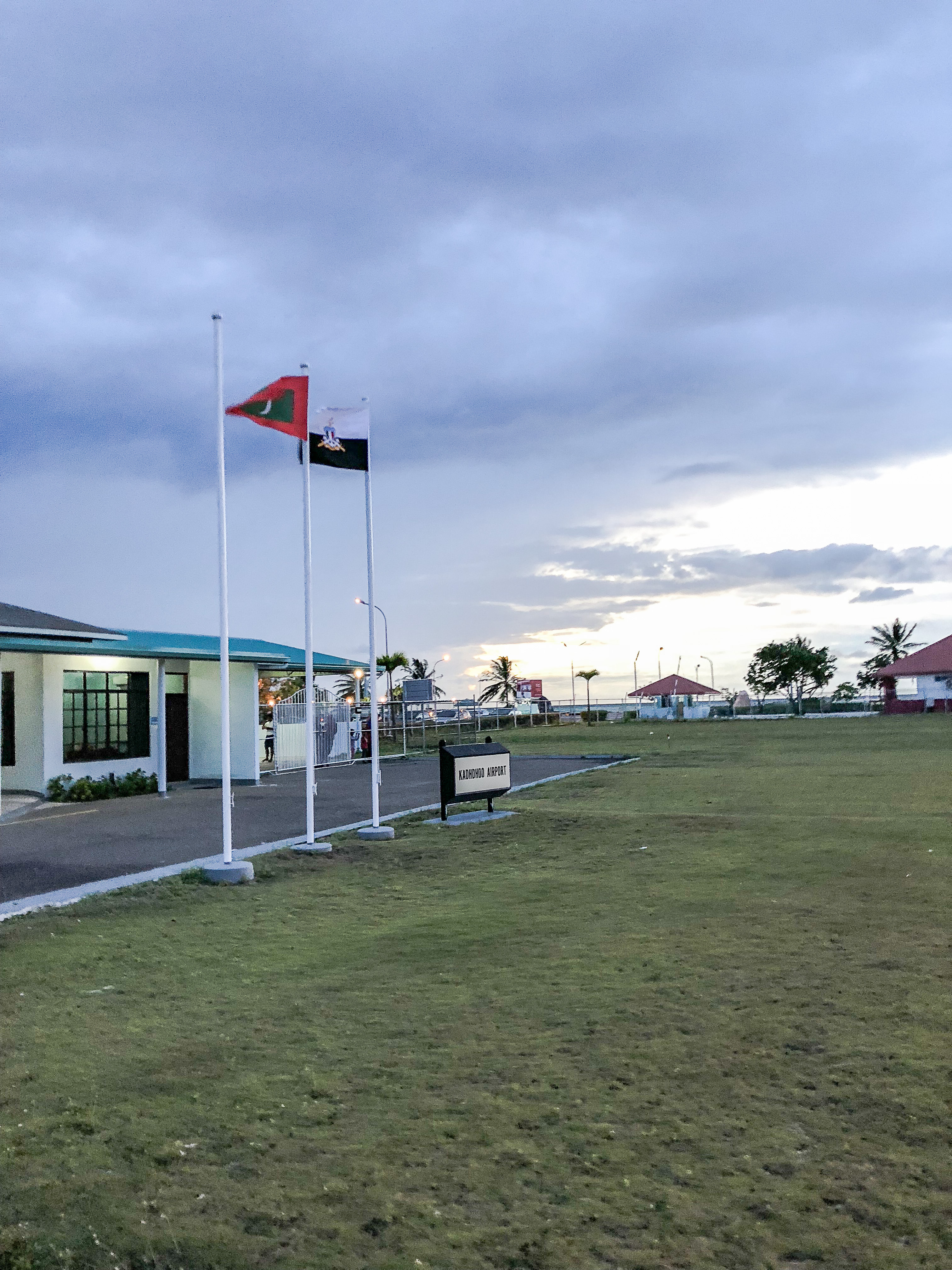
The Maldives consist of over 150 individual islands created out of former coral atolls, with a total population of about 250,000 people. The vast majority of the population is Muslim, but apparently, not in a super fanatical way. This does lead to some interesting “only in the Maldives” type experiences, though … like the Muslim call to prayer on the Maldivian airline before the rest of the safety announcements, and the fact that it is a crime to import alcohol into the Maldives, punishable by life in prison. Fortunately, that last fact doesn’t apply to the resorts, who pay for a license to be able to serve alcohol.
However, the way of life here is extremely endangered by rising waters caused by climate change. In fact, the government is in serious long-term negotiations with several other countries looking for a permanent home where he can move the entire population.
Jim and I arranged to stay at a resort (the Six Senses Laamu resort) on an island in one of the southernmost atolls. We had picked this resort because they have a dedicated scuba operation onsite, which had earned the coveted PADI 5 Star dive operator ranking. It didn’t hurt that the resort also had overwater bungalows, where we could jump off our private dock and swim with the resident turtles.
The resort arranged both our inter-island flight (about 45 minutes), and our transfer from that second airport to the island. Thus, we didn’t get in to the resort until about 8 the first night.

Nonetheless, we got up Wednesday morning and went to check out the dive shop after a great breakfast overlooking the lagoon.


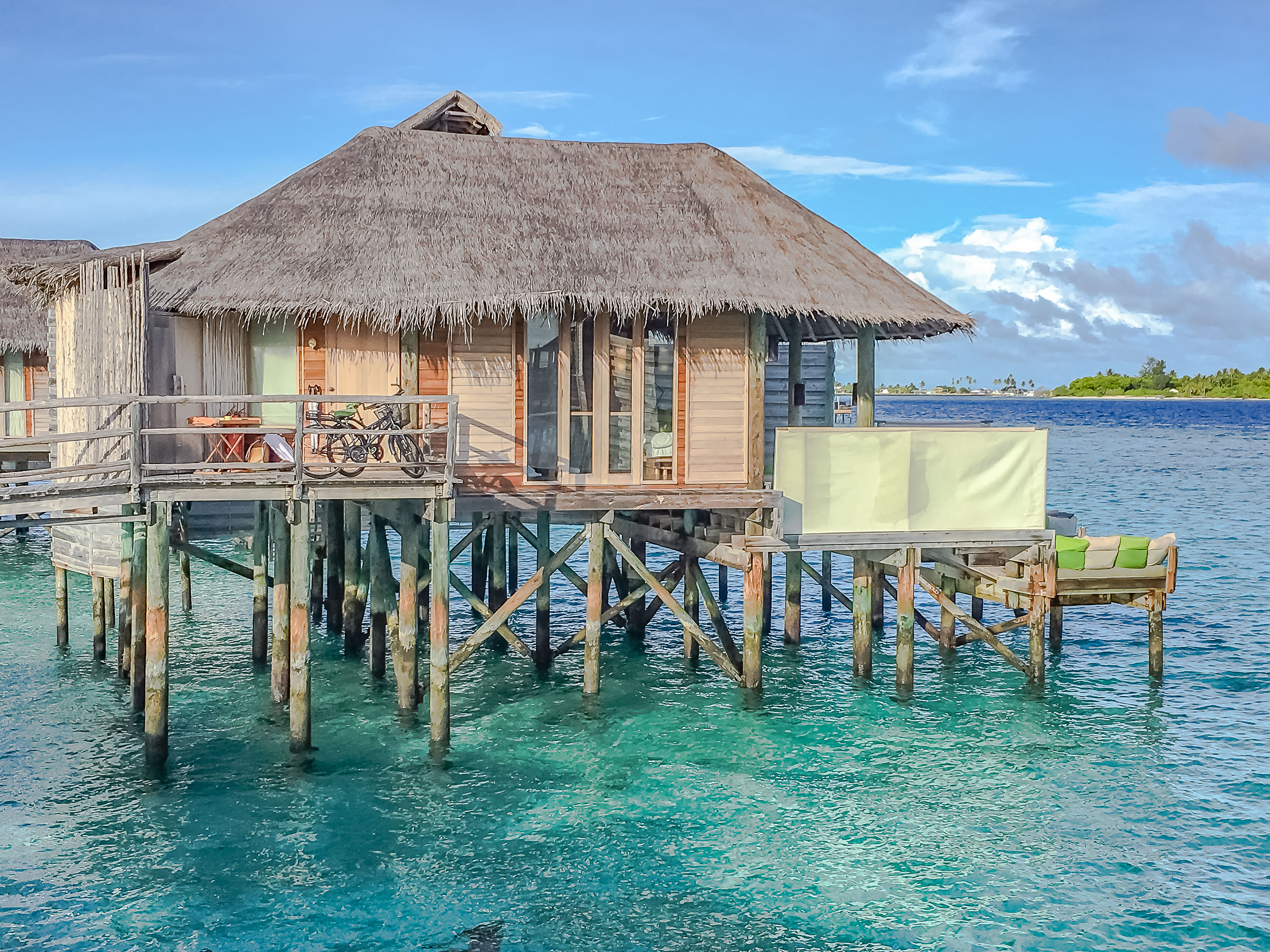




We were able to book a dive in the afternoon, which left from a dock right behind the all the public buildings of the resort. The water was a gorgeous turquoise blue! Since the water temperature was 82 degrees at the surface, and about 80 degrees at depth, we didn’t need wetsuits, although the dive shop has them for guests who wish. All the equipment was new and in great shape, and the dive boats are covered with plenty of deck space to get ready. The dive team lived up to their excellent reputation, and Jim and I enjoyed a wonderful dive on the outer side of the island. In fact, we enjoyed it so much that we signed up for a two tank dive Thursday morning.










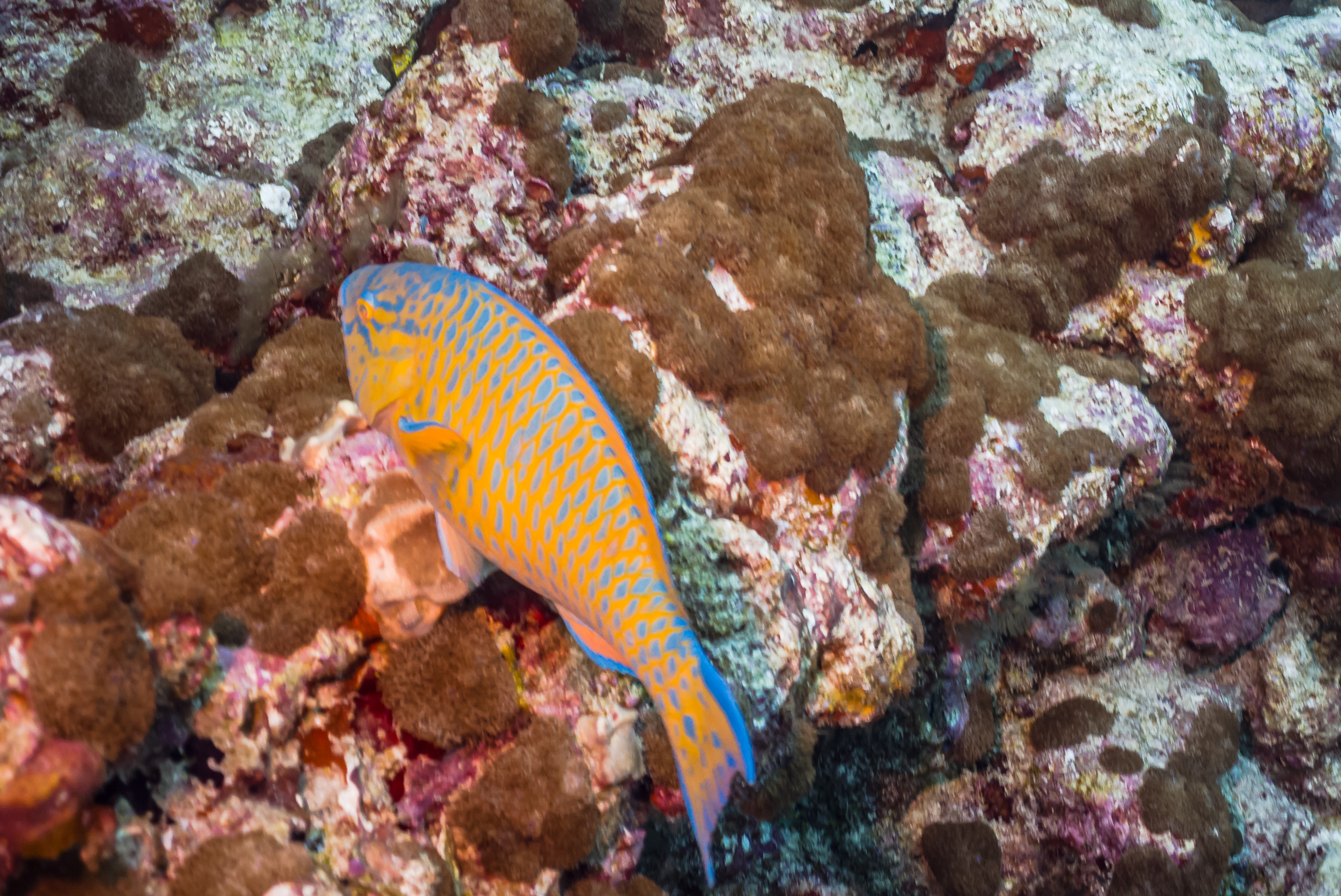
Then we spent the rest of the afternoon enjoying the island amenities. We even caught a great sunset as we enjoyed our “sundowner” cocktails overlooking the bay.

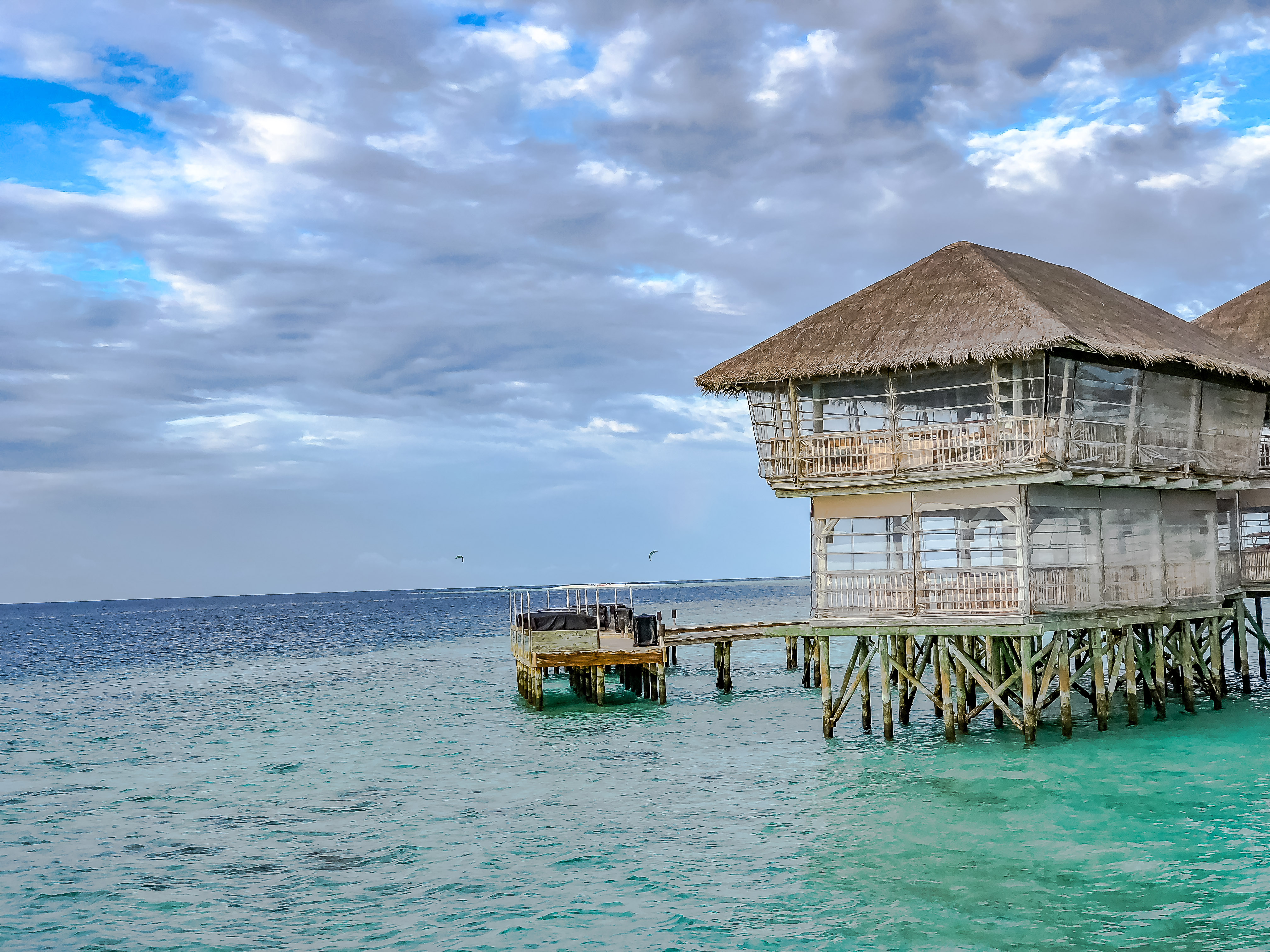








The dives Thursday morning were really great, in large parts because it was a very rainy morning right up to the time we got in the water. The upshot of this is that the turtles and the sharks were still snoozing on the bottom when we dove down to check them out. This allowed me to get some great close up photos, as well as seeing a different side of the marine environment here. Needless to say, we both really enjoyed our dives here.




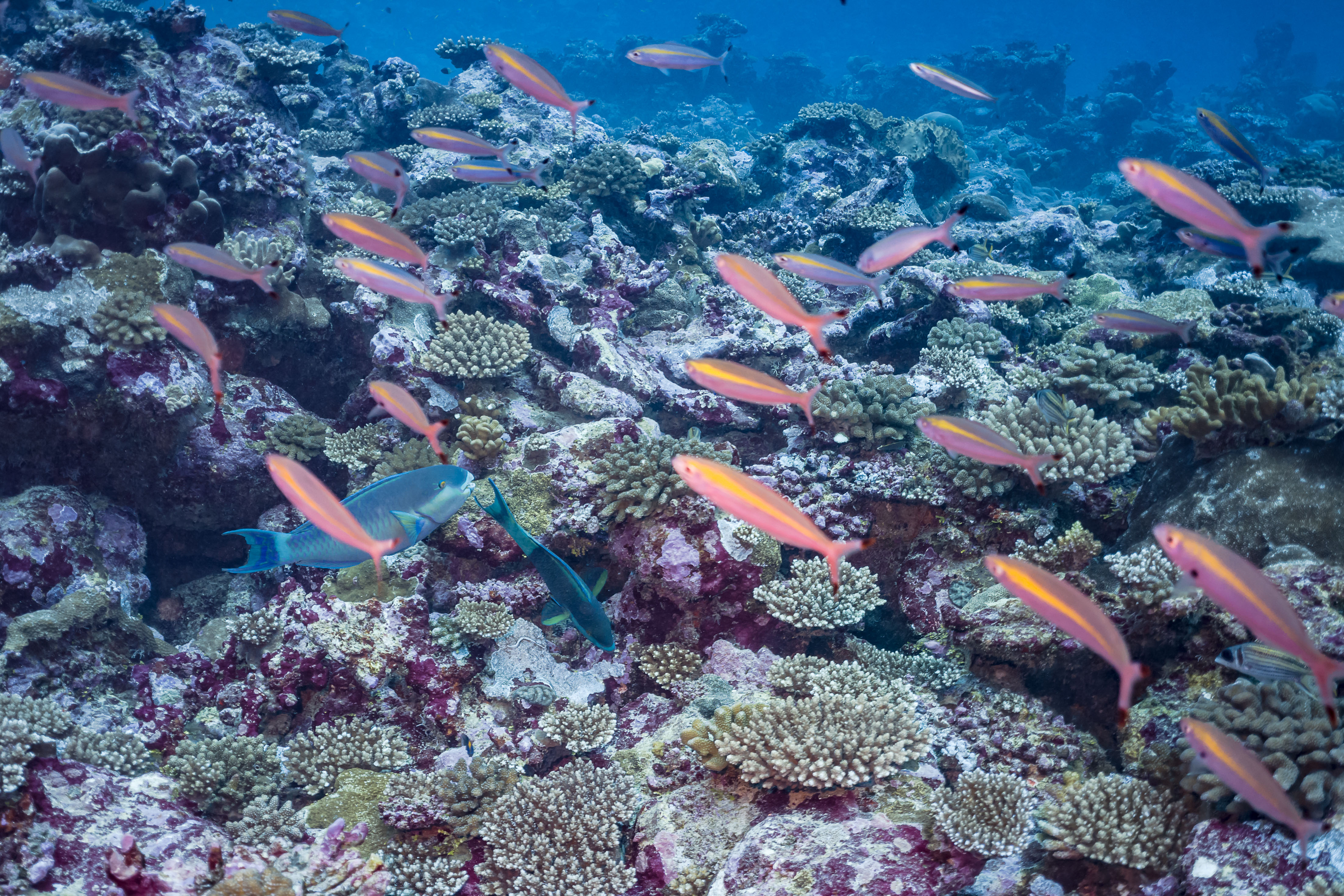



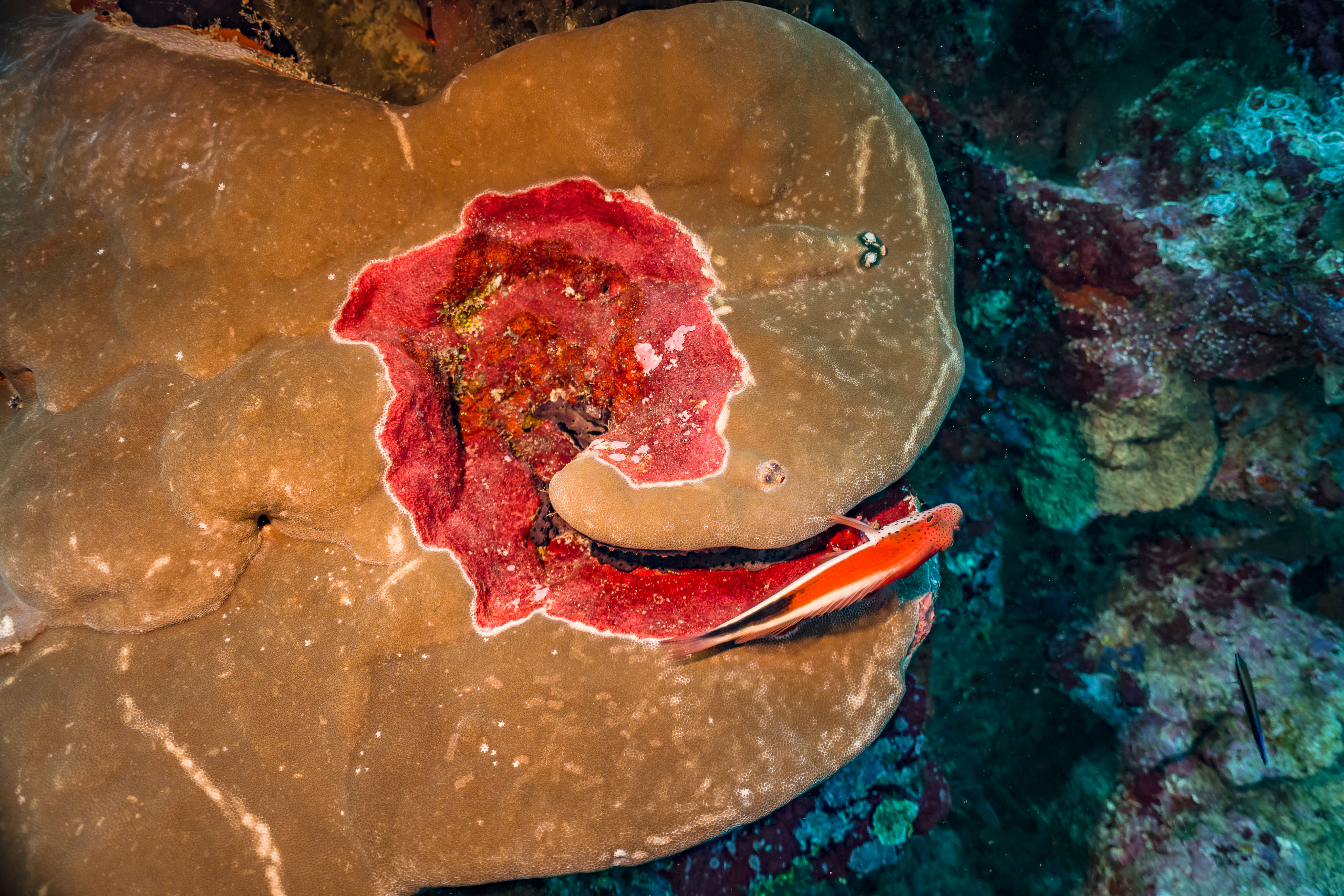


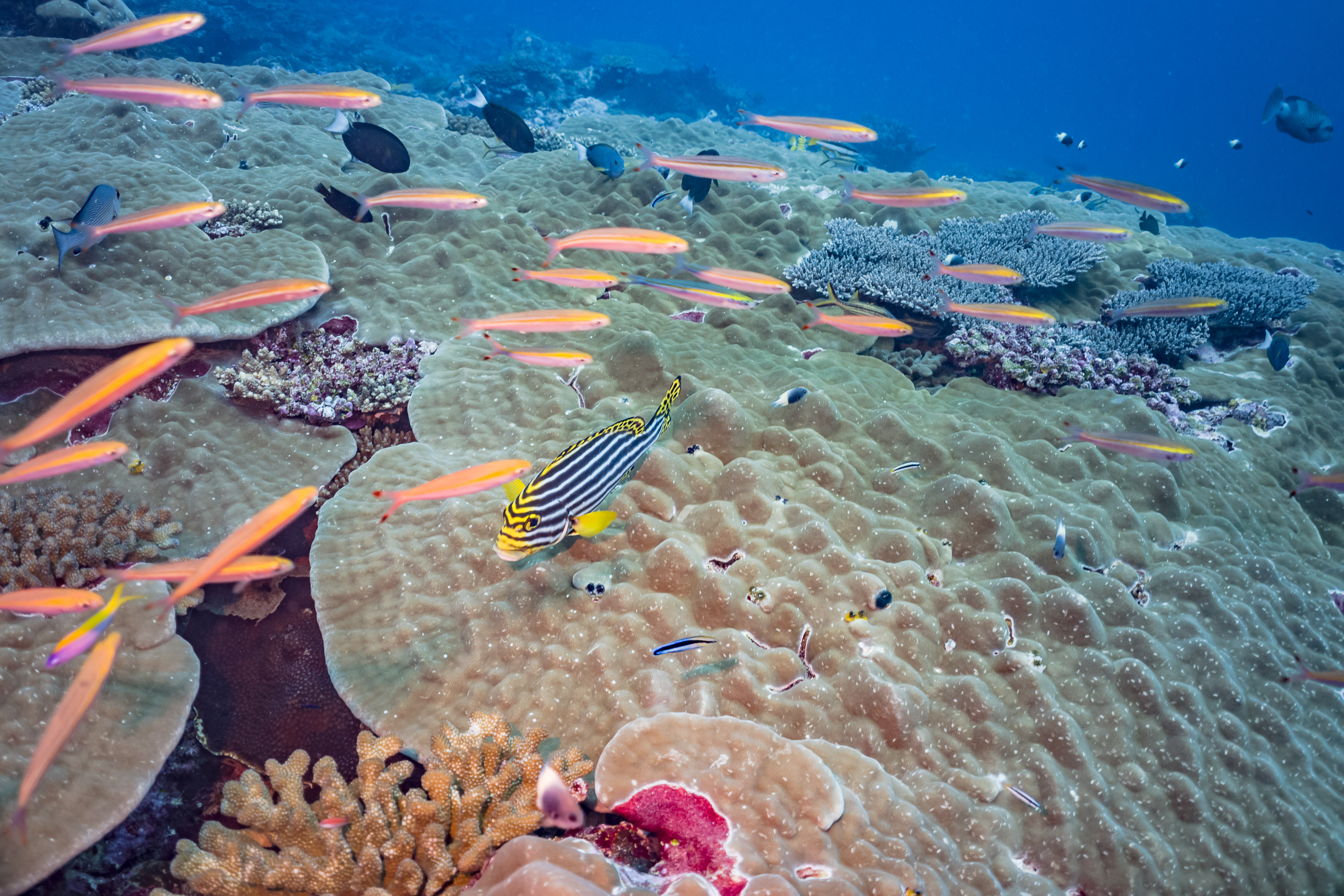

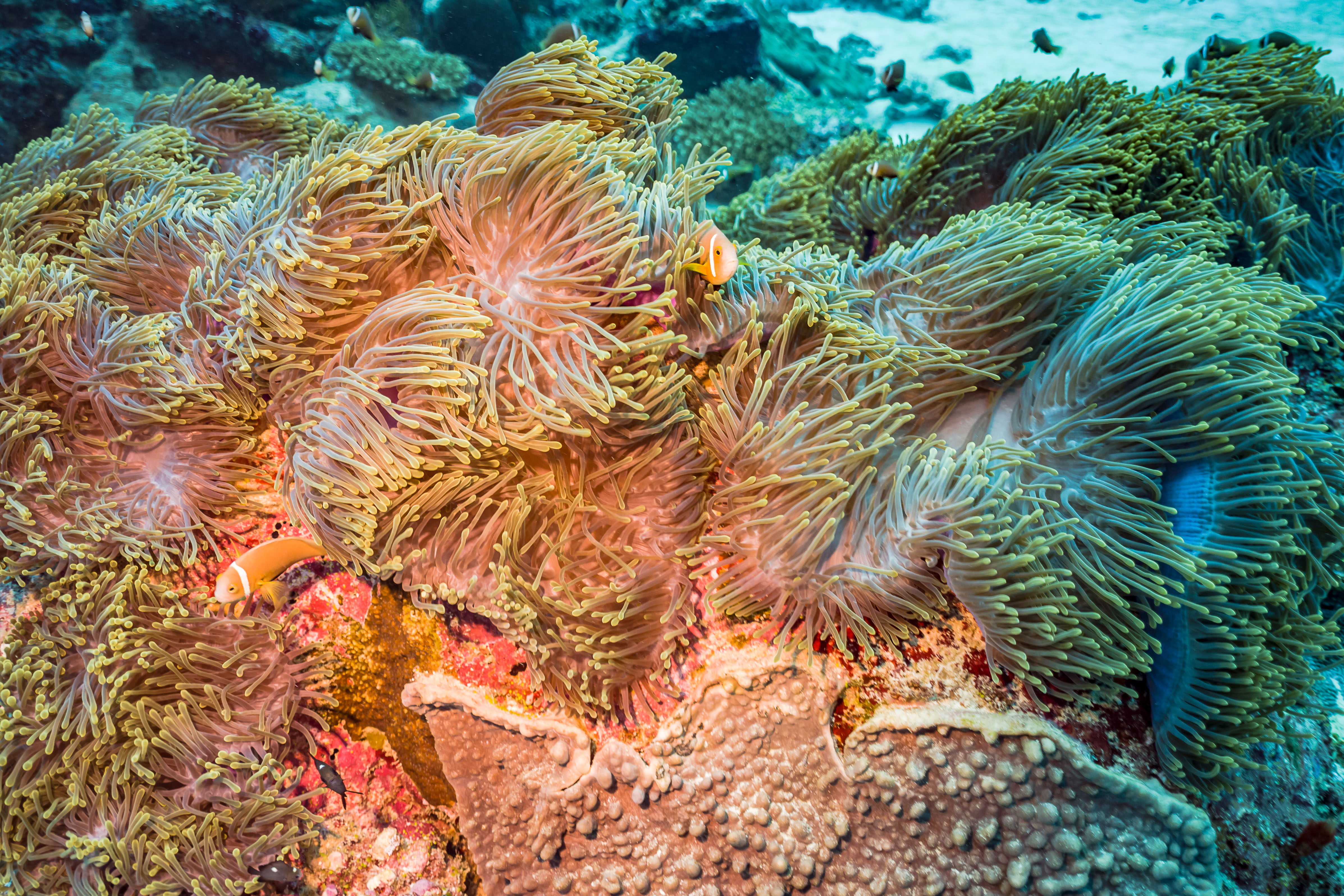

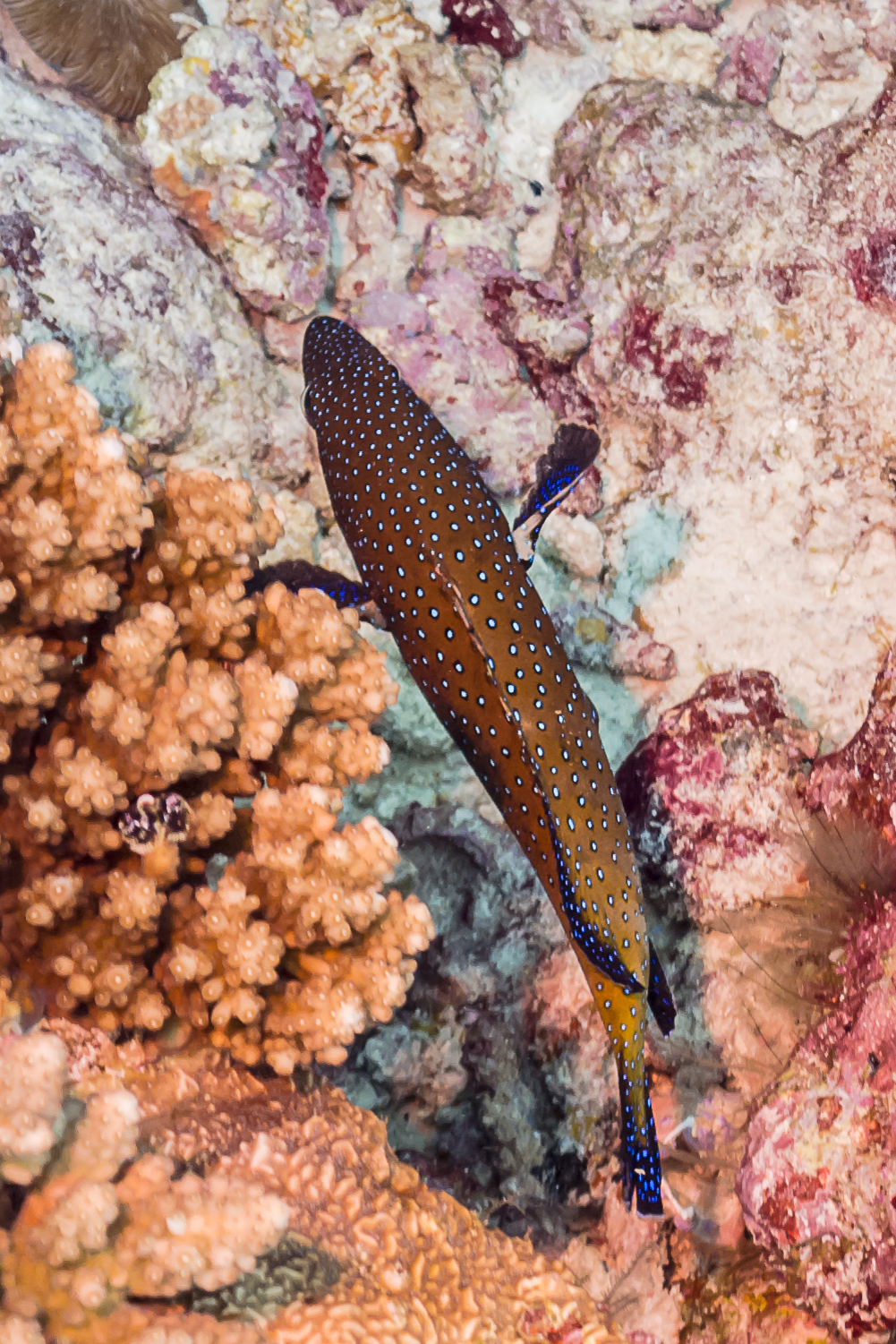






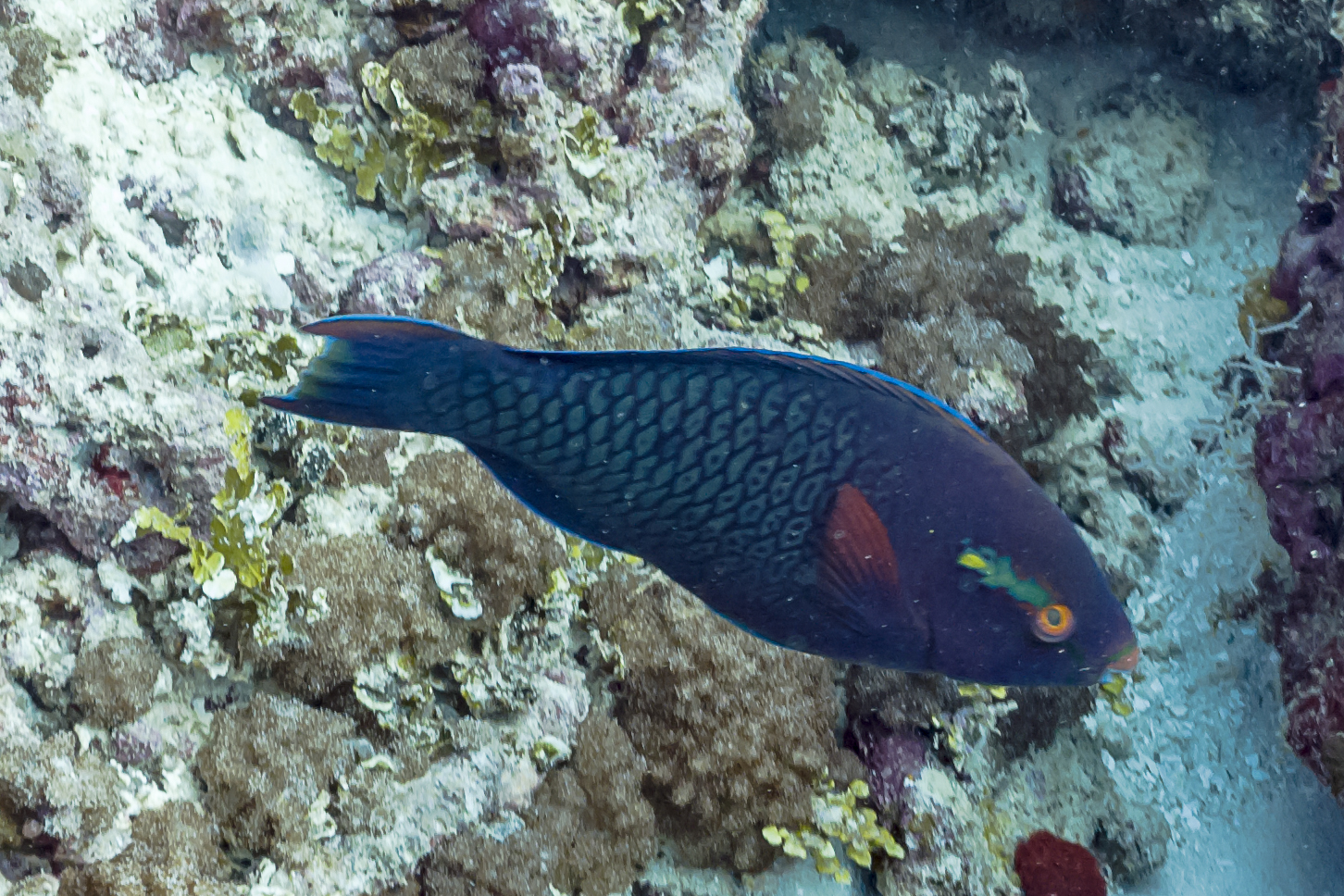








We would have liked to plan a dive for tomorrow, but in order not to get decompression sickness, you are not allowed to dive within 24 hours of diving. Since we have an early morning flight planned for Saturday morning, we just spent the day Friday lazing around the resort. It also made us feel a little more comfortable about planning a wine tasting dinner in the glass-walled wine cellar here, centered on the wines of the Champagne region.




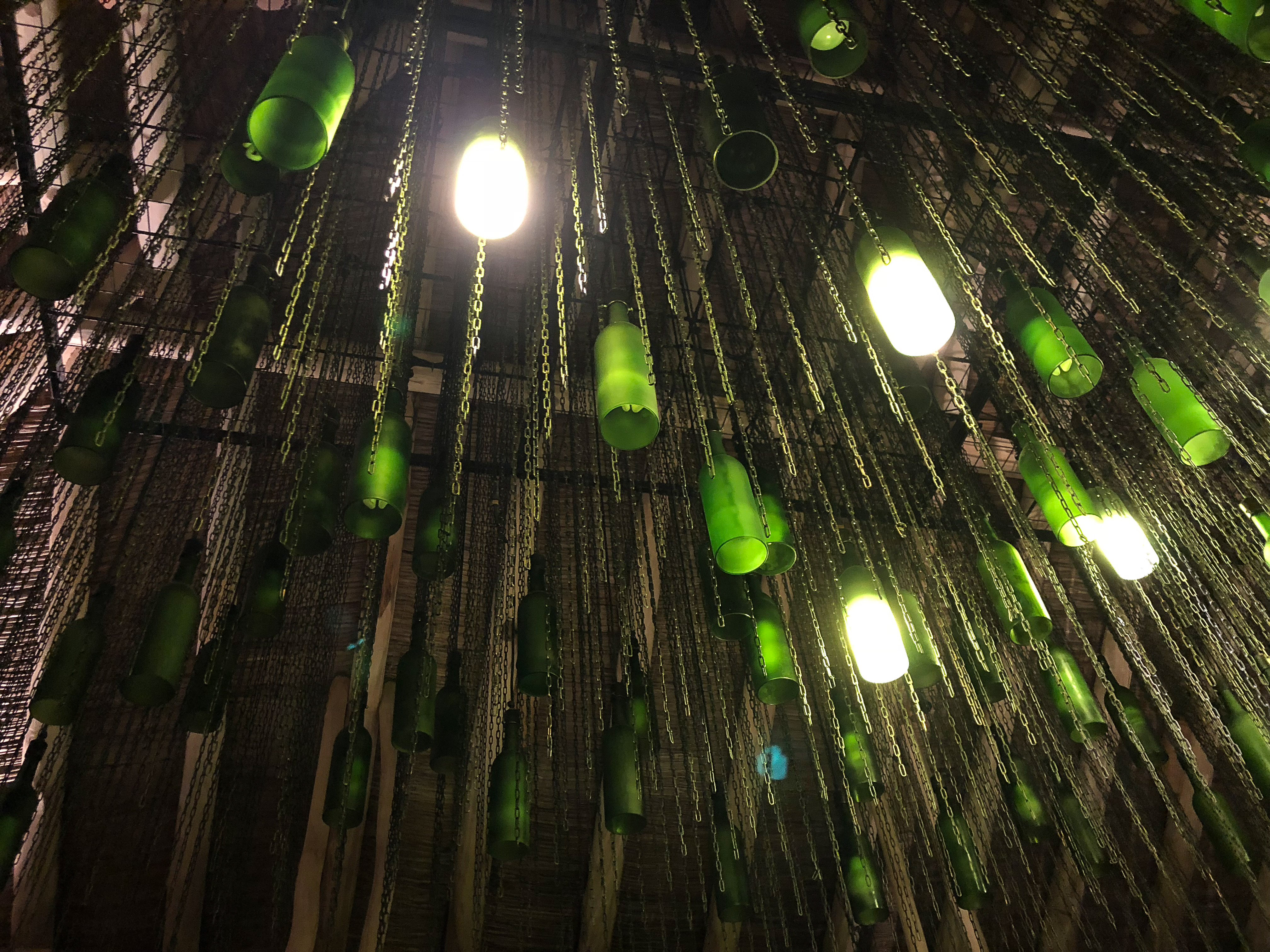
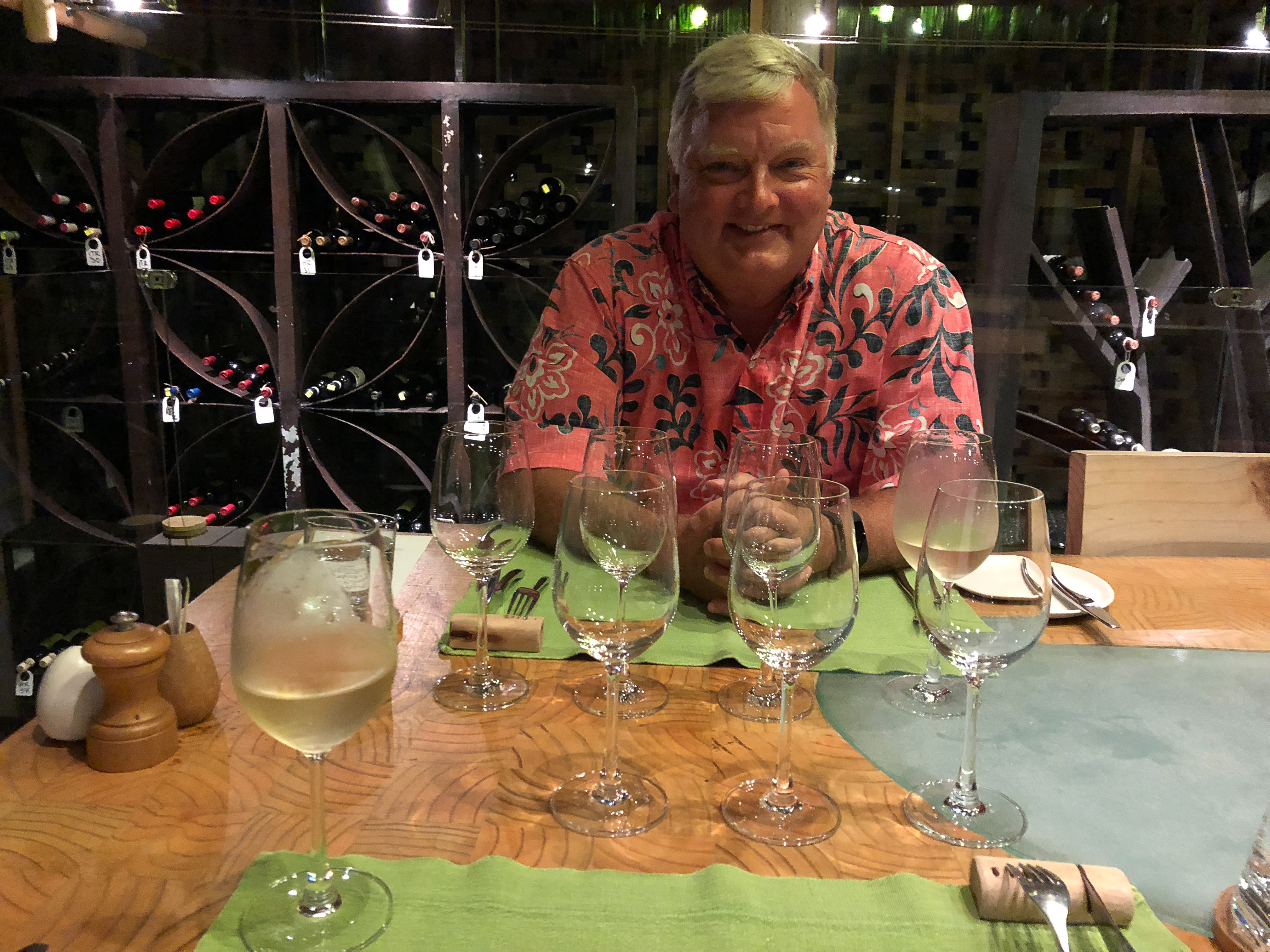
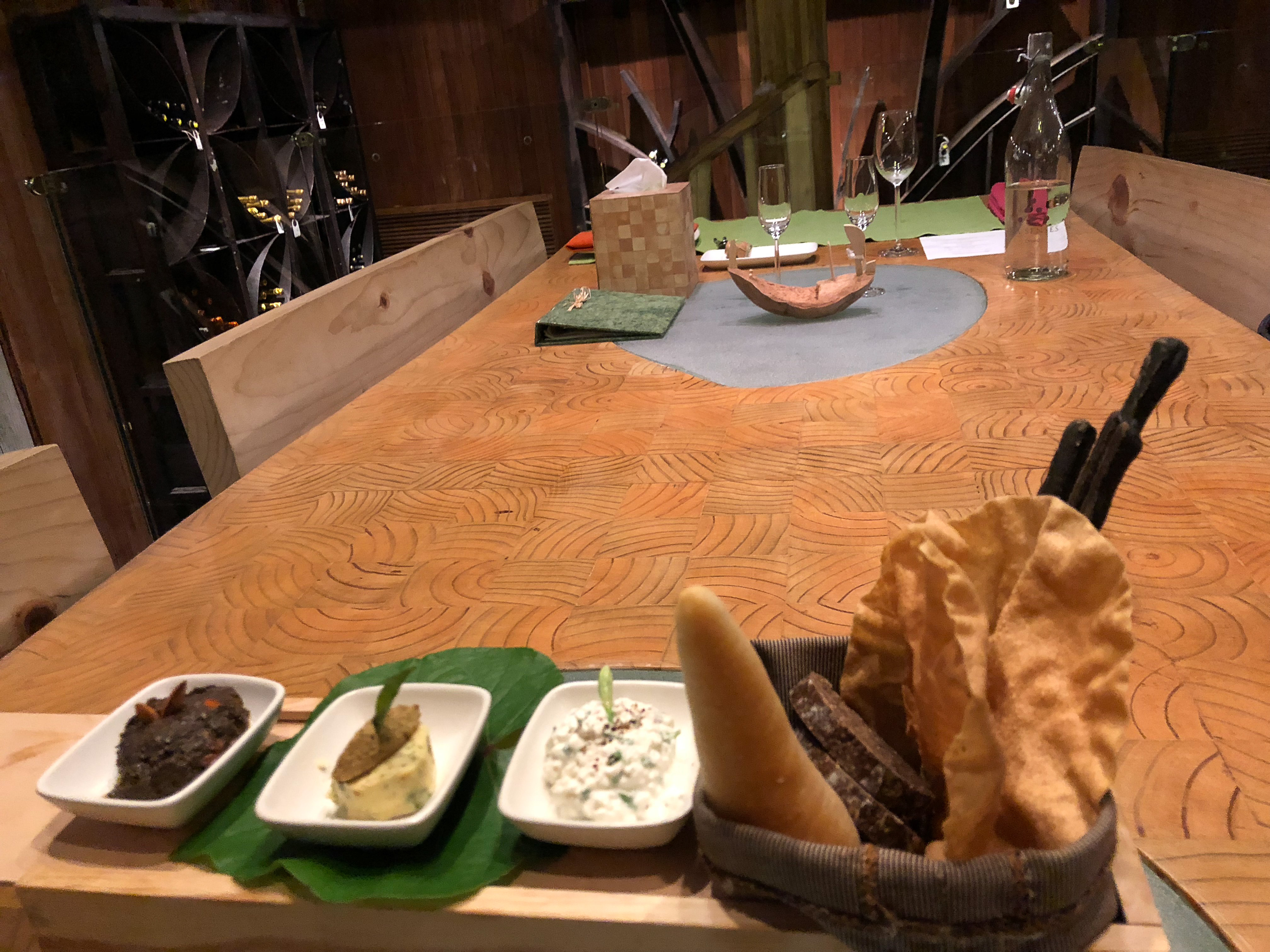
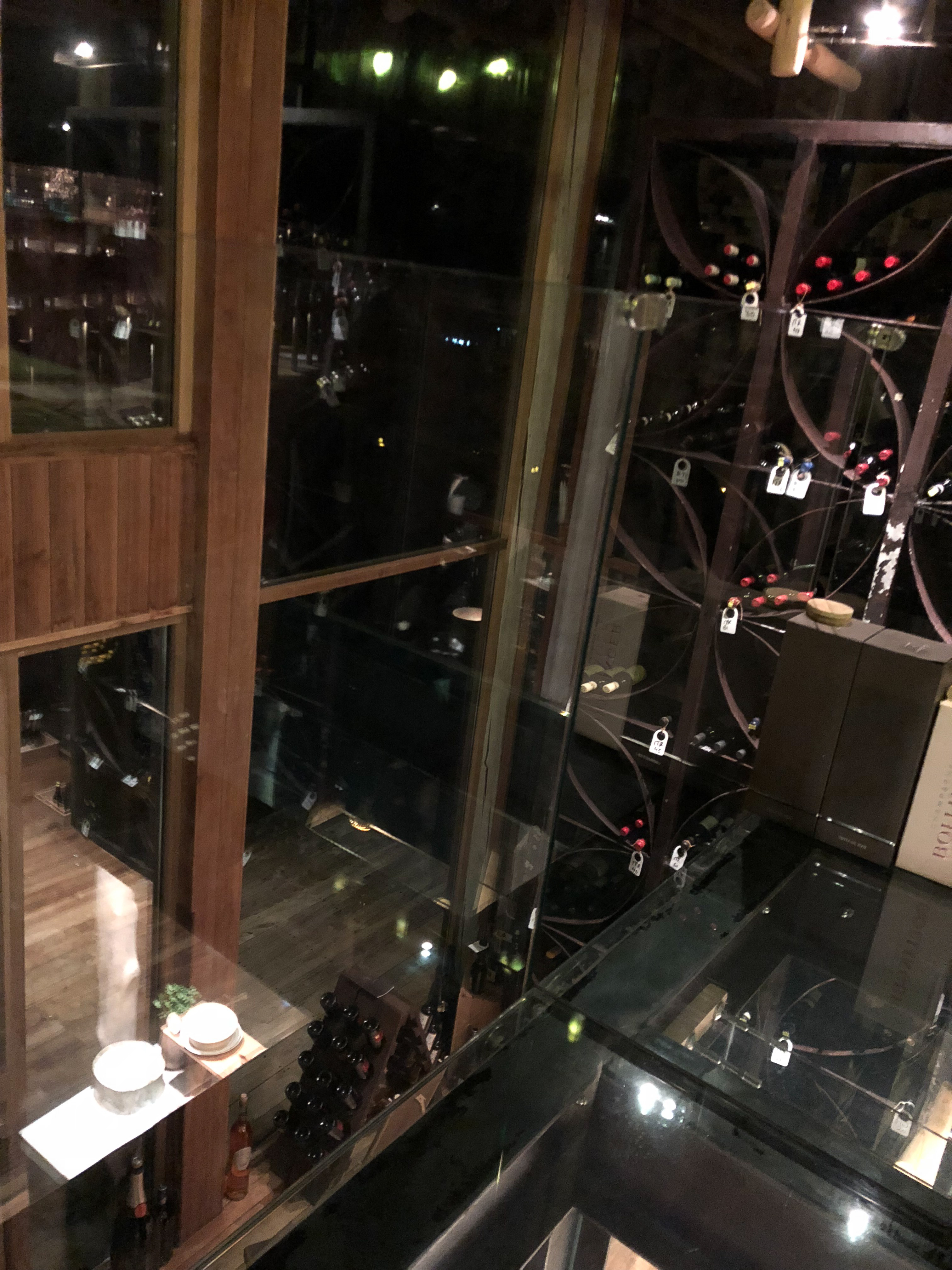
Jim and I really enjoyed our final day of down time on Friday, as we snorkeled and checked out the spa. The day ended with the Manager’s cocktail party on the sands of the home beach. The resort laid out huge cloth bean bags that we reclined upon, and they had some local musicians and dancers come to entertain us. There was also a guy doing aerobatics with one of those jet pack things, which was pretty cool to watch in the declining rays of the sunset. We both agreed that we love it here, but will find it hard to coordinate a reason to return.


















